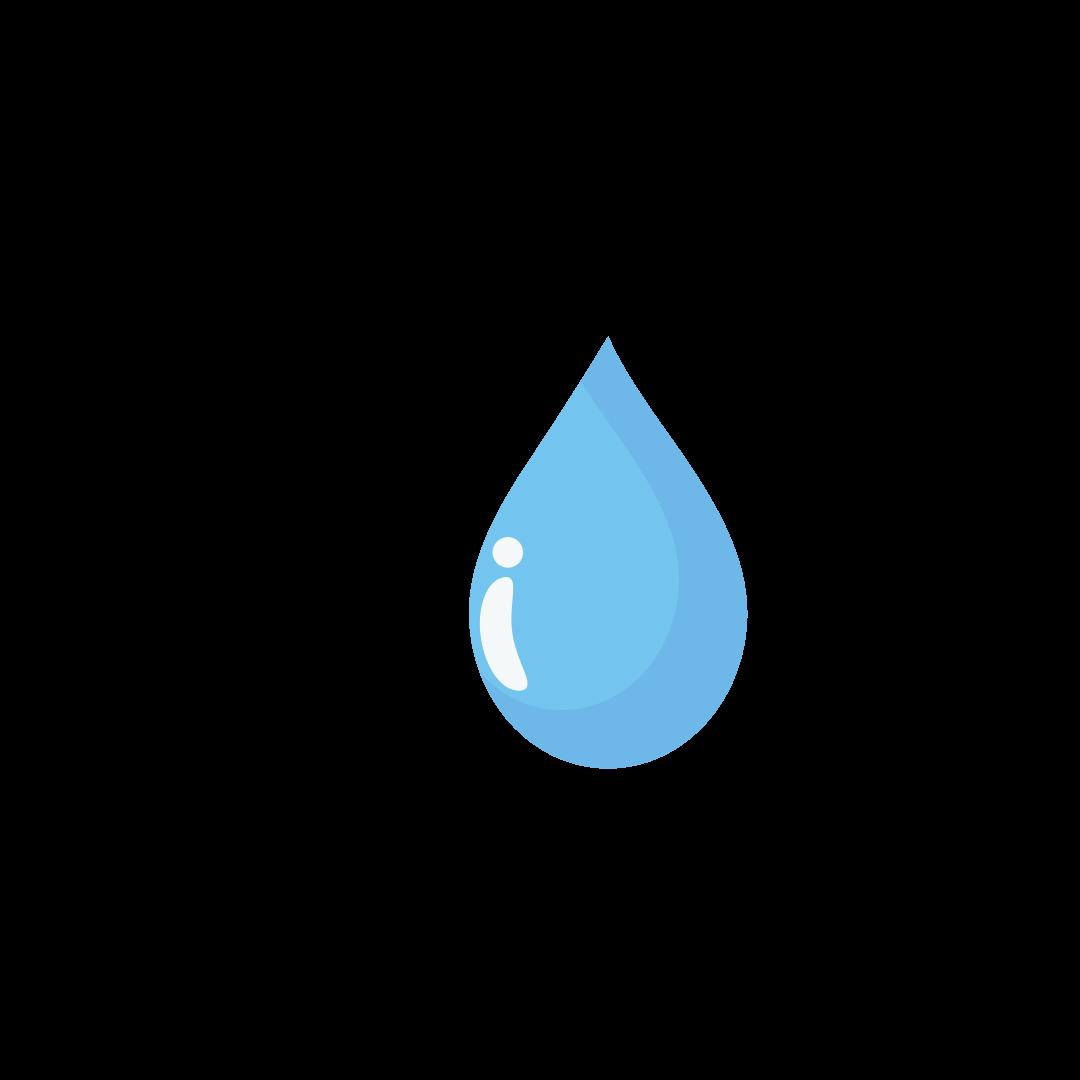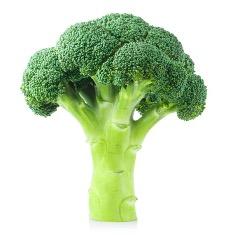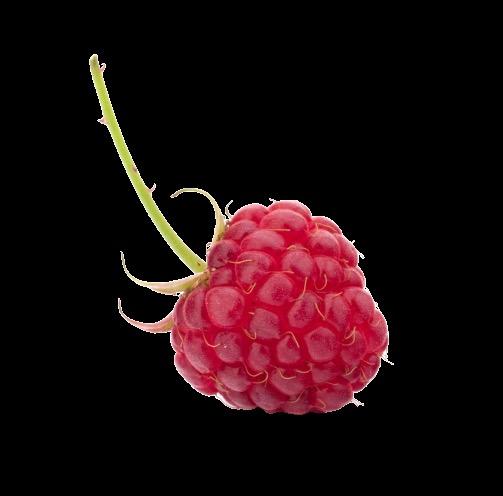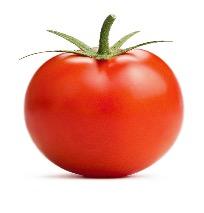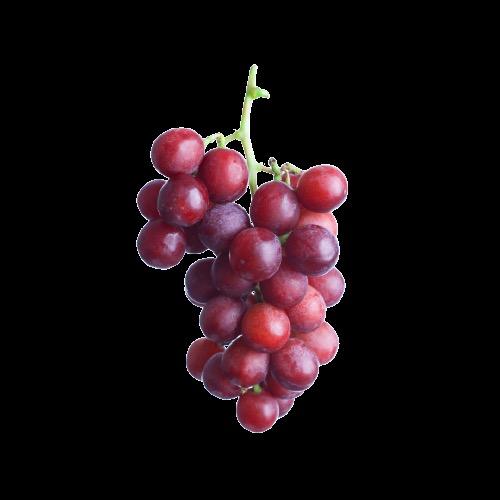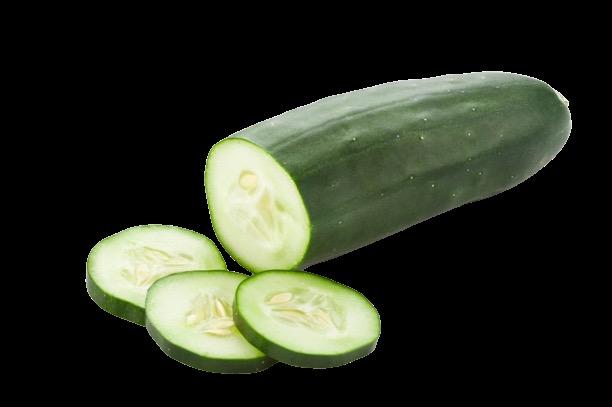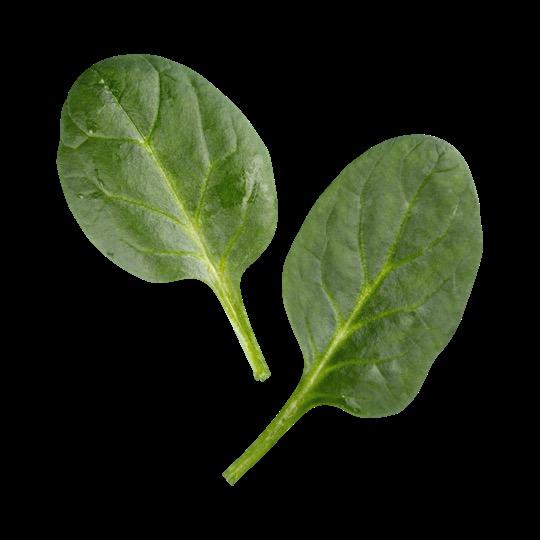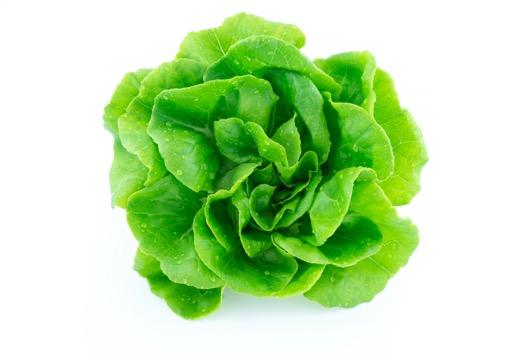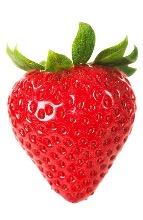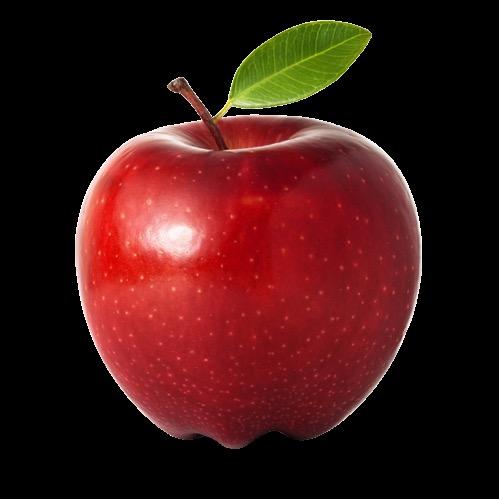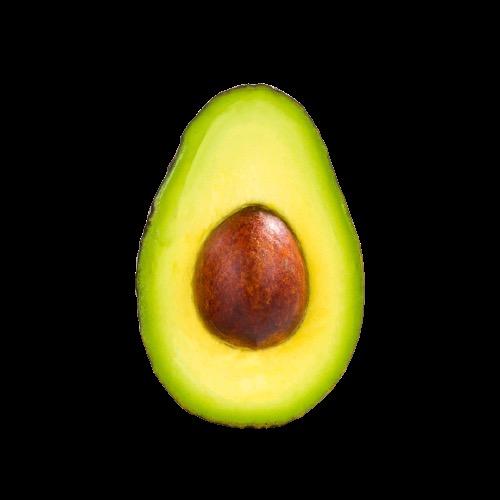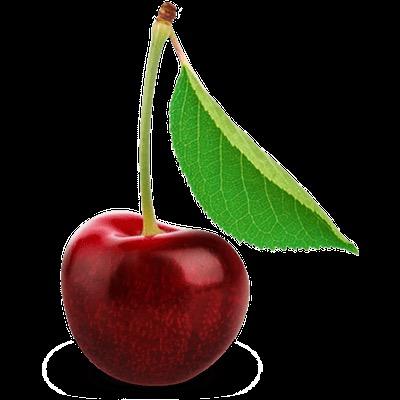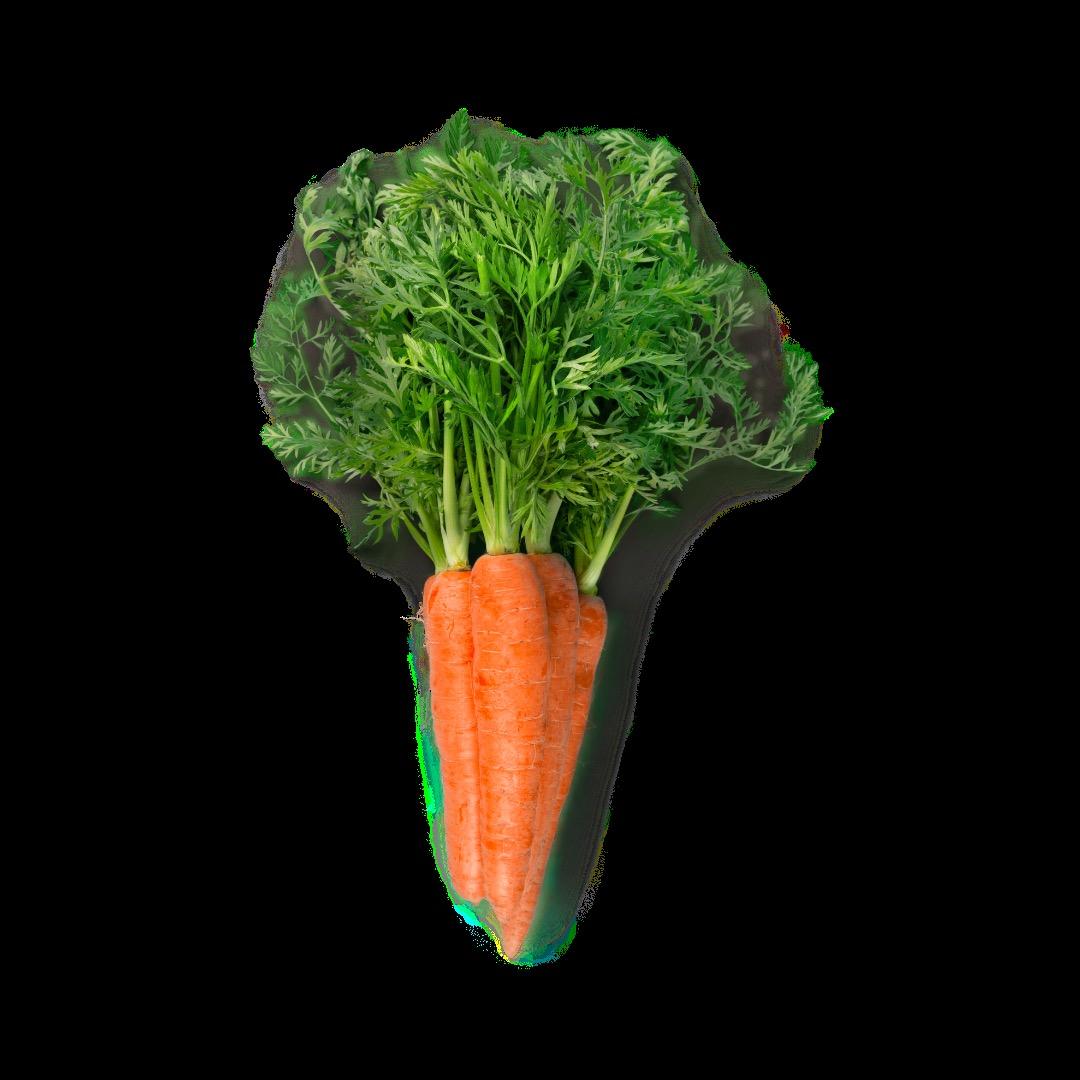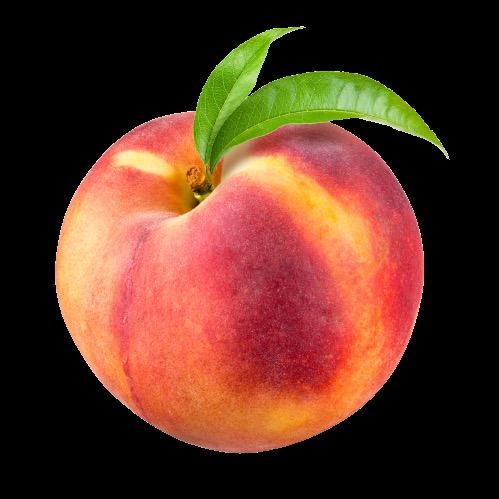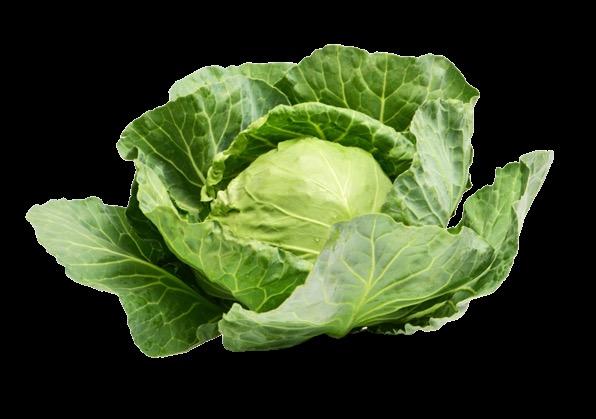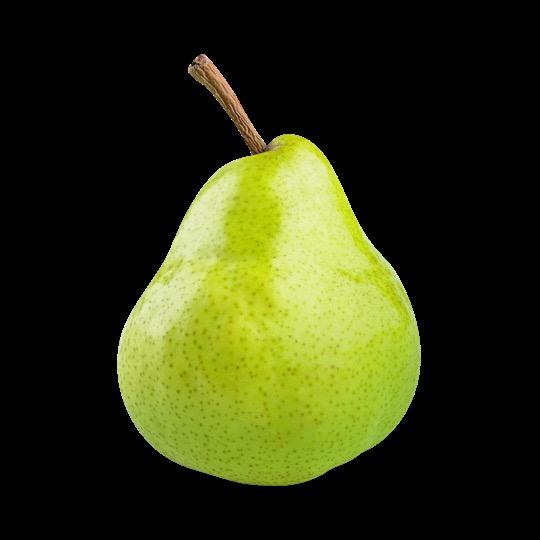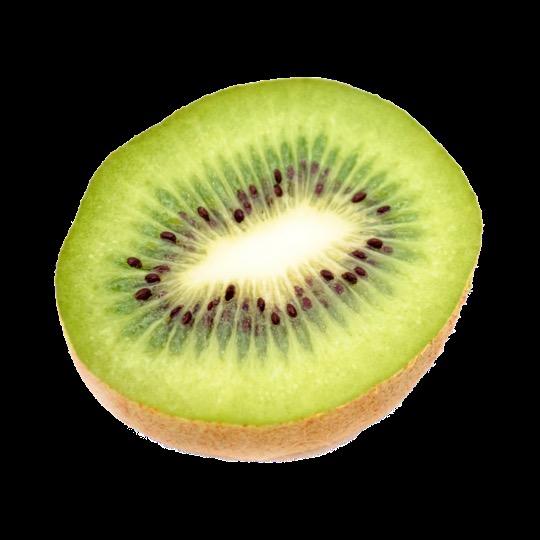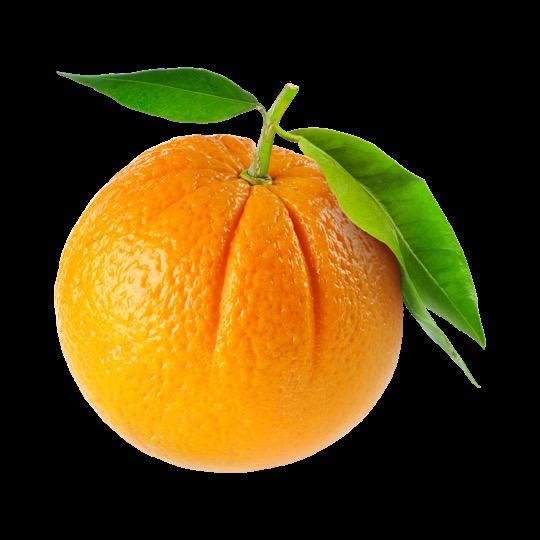






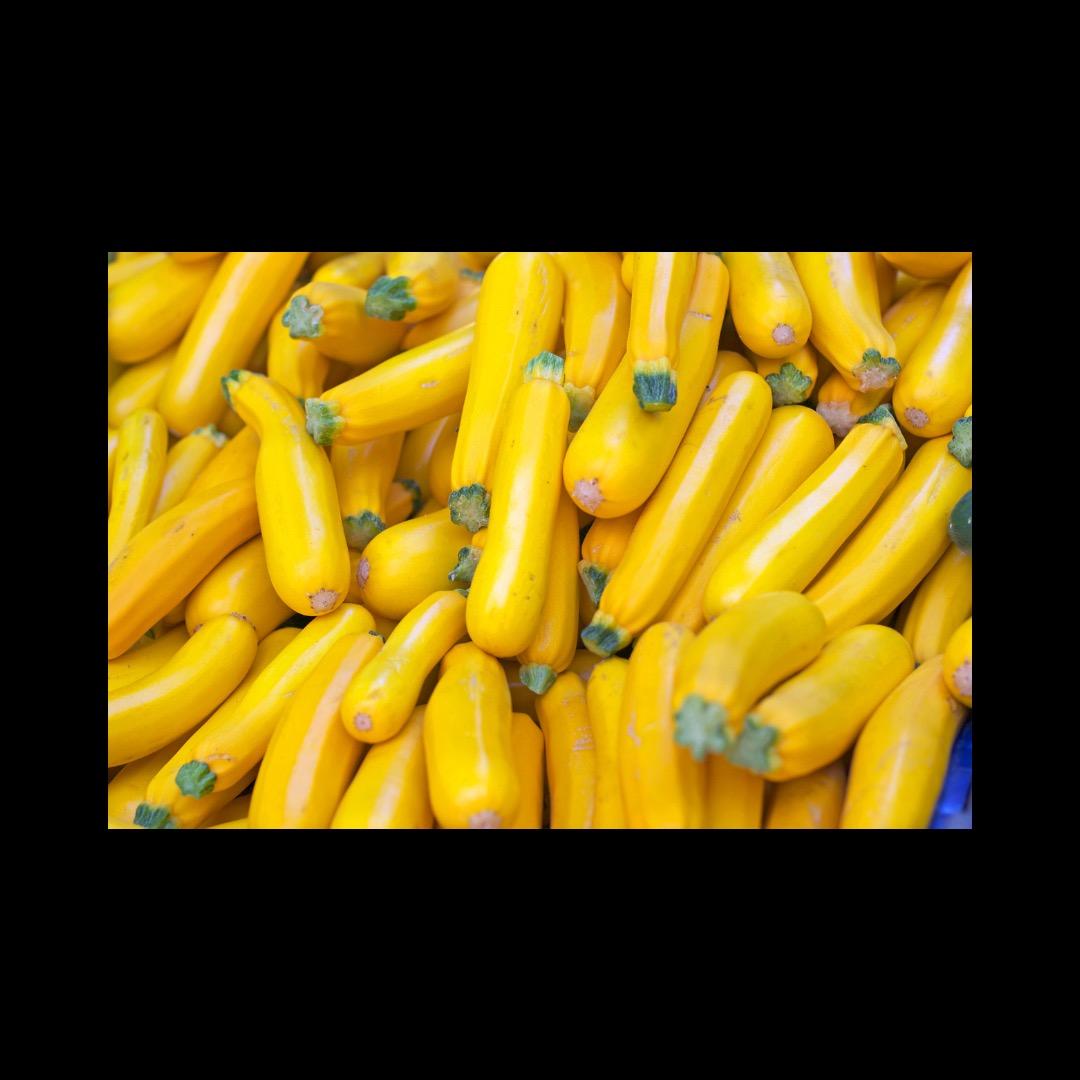
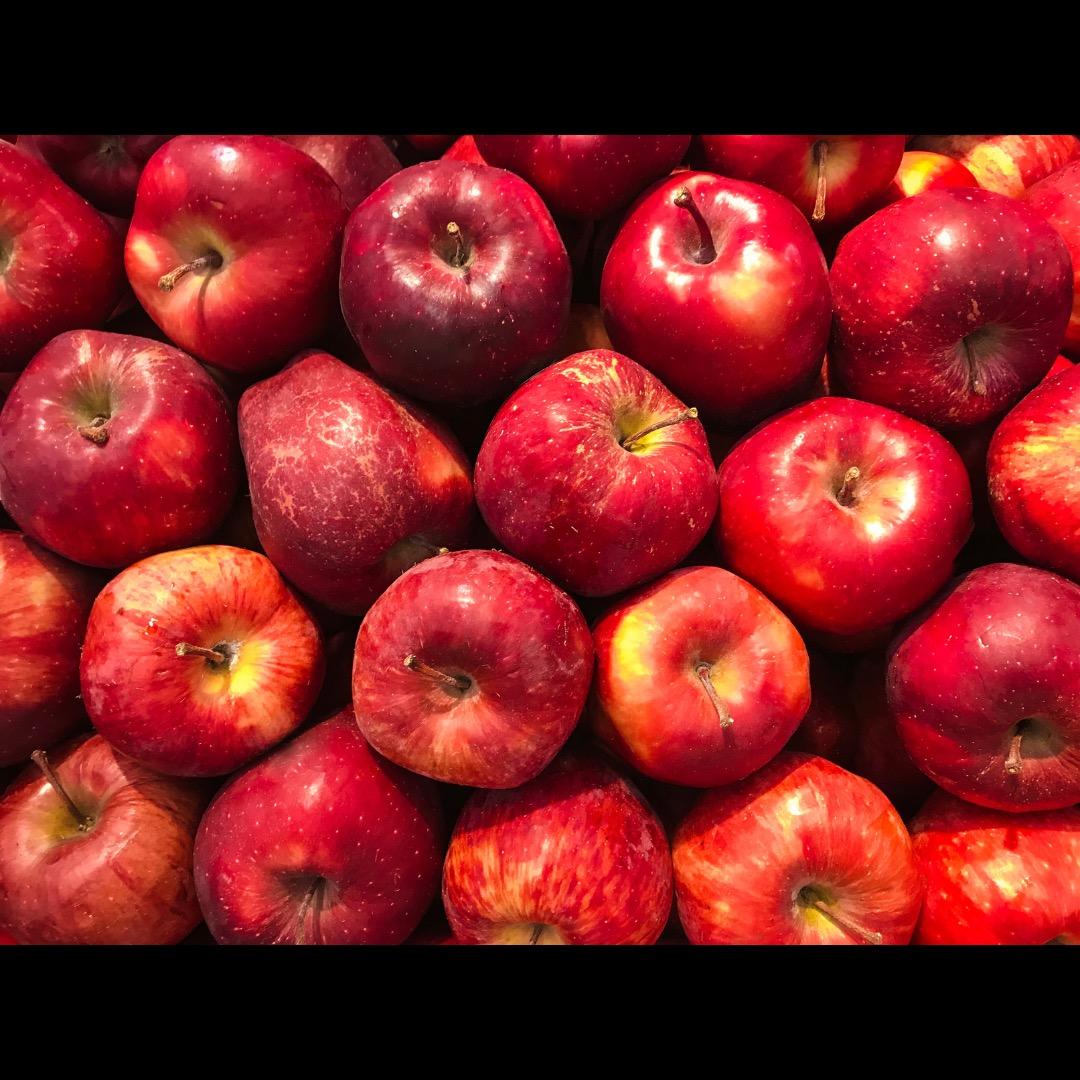


Chippewa Valley Schools’ Nutrition Department is proud to be participating in Wellness Wednesdays serving healthy foods & prompting the importance of nutrition education!

Chippewa Valley Schools Wellness Policy

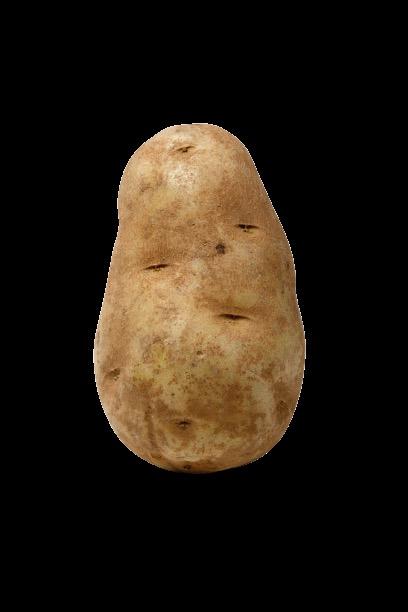
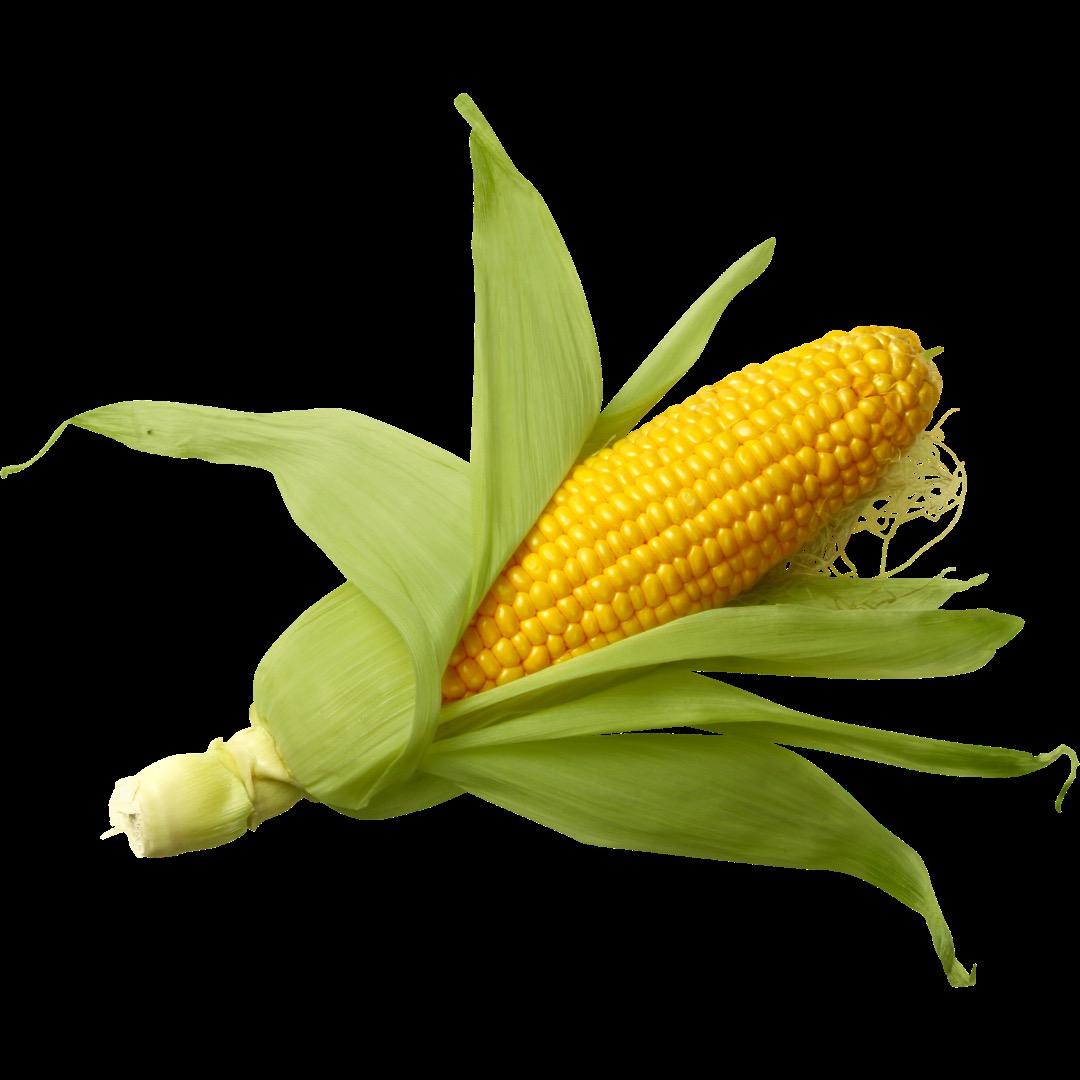
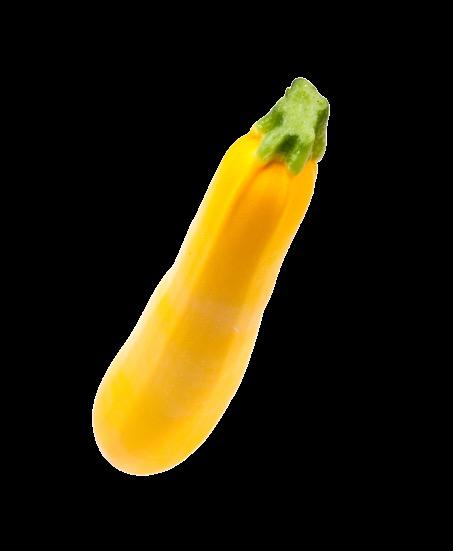
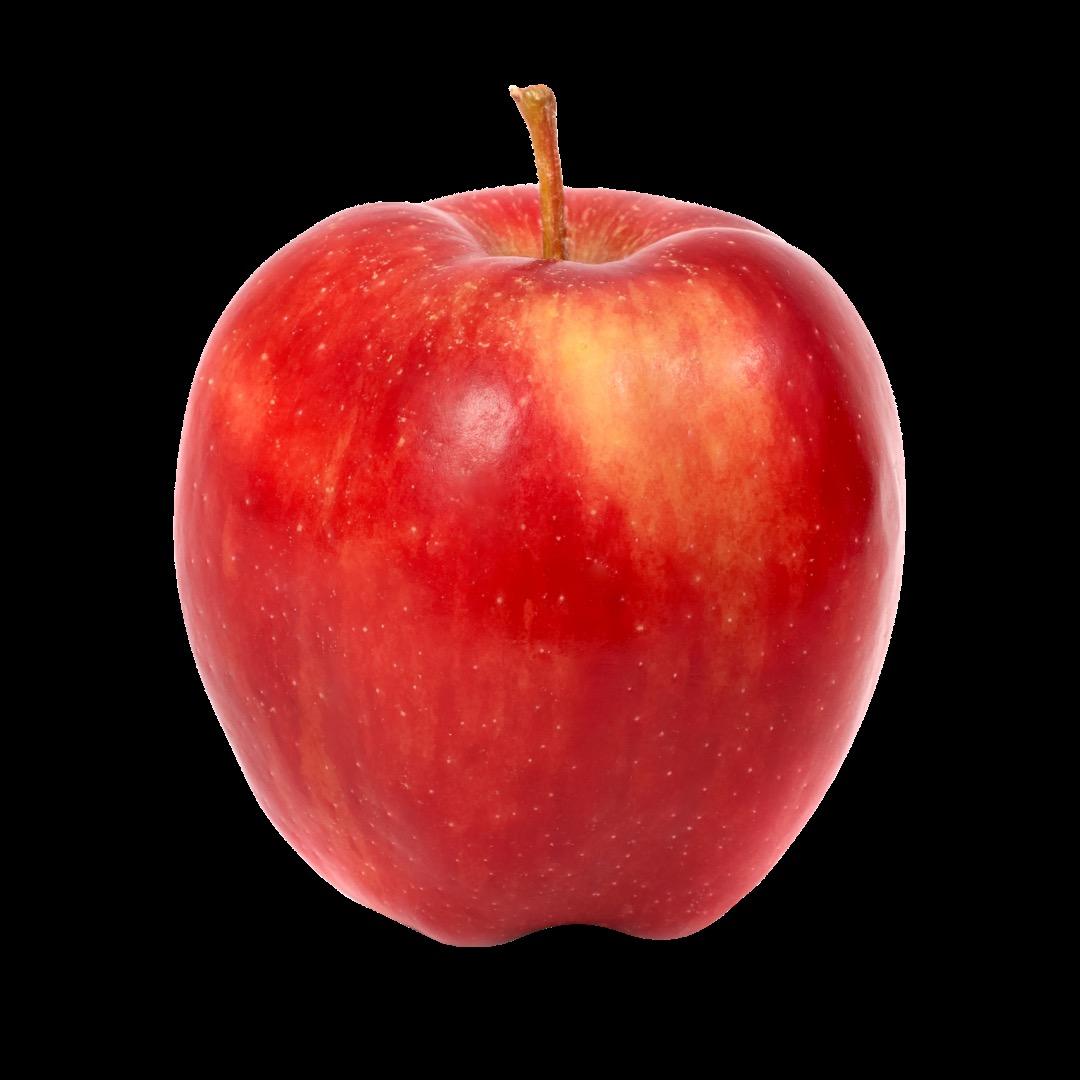
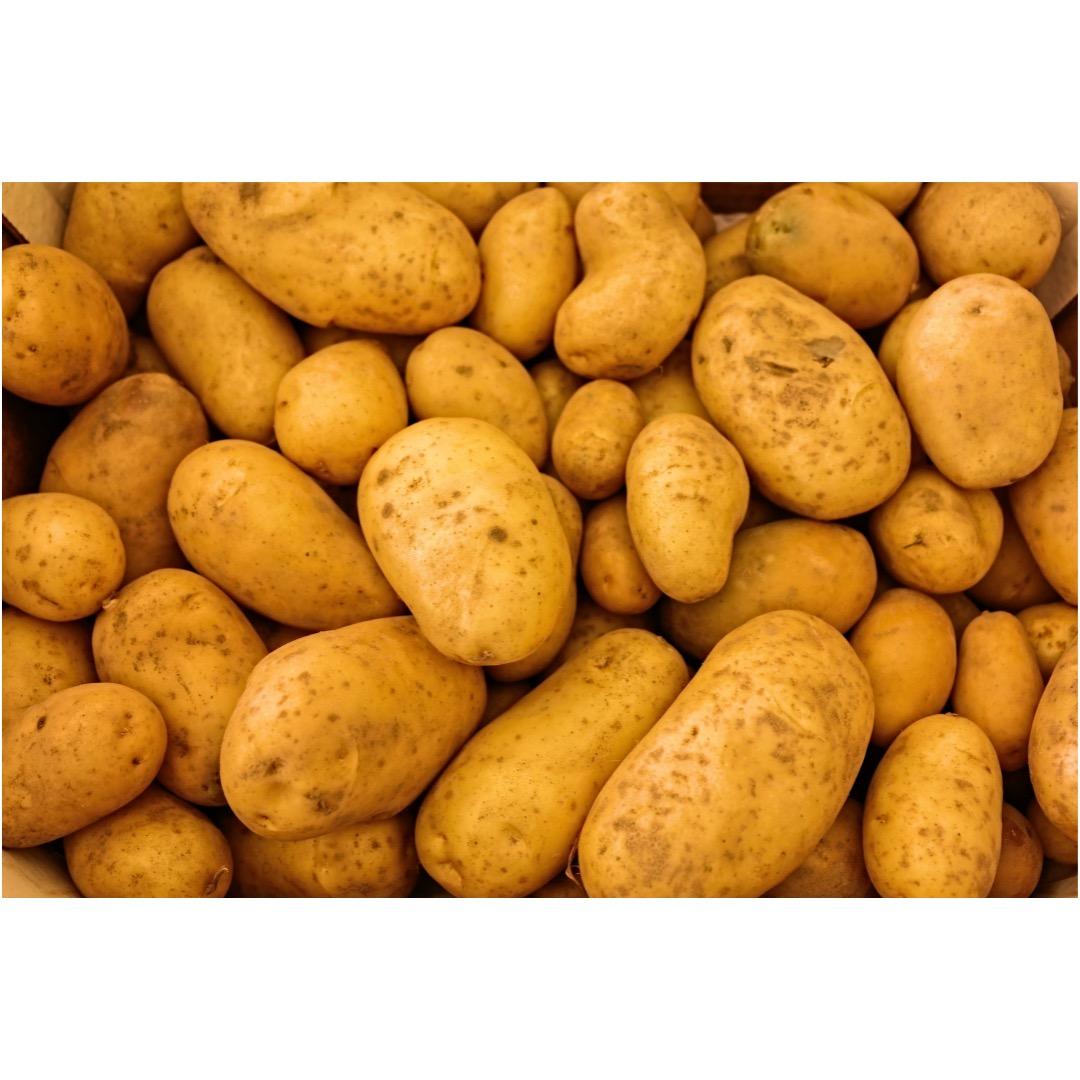


Potatoes are a starchy vegetable - specifically, a tuber.

U.S. farmers produce around 4.5 million pounds of potatoes every hour.
35% of potatoes are turned into French fries.

Tubers are vegetables that grow underground at the base of the root.
In 1995, potatoes became the first vegetable grown in

Potatoes are also referred to as “spuds.”
13
National Potato Day
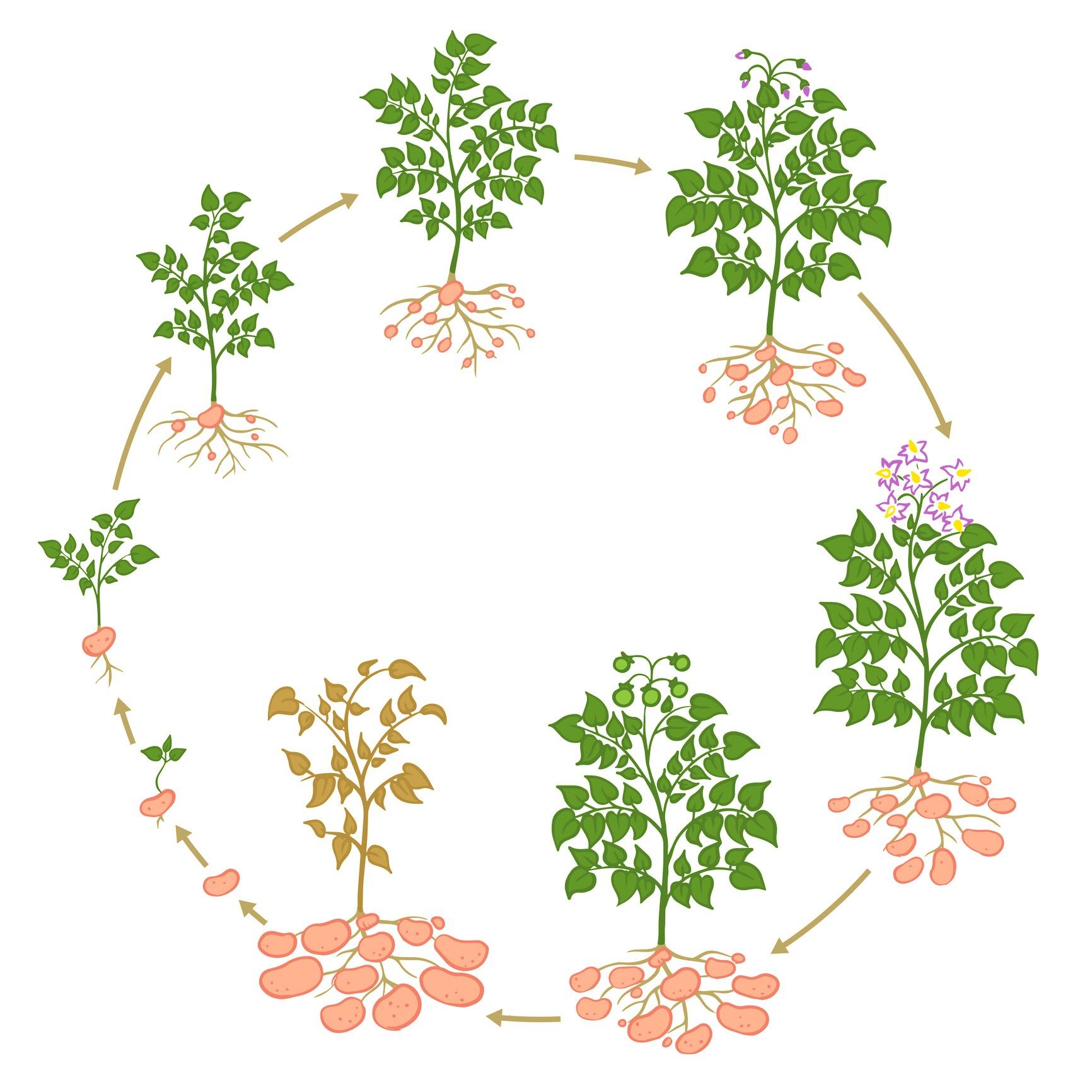
Potatoes are grown in all 50 states. Potatoes are an annual plant.
Potatoes are the 2nd most consumed food in the U.S. after dairy products.


Potatoes are a part of the nightshade family.



Potassium supports balancing fluid in the body & proper function of the muscles and nerves.
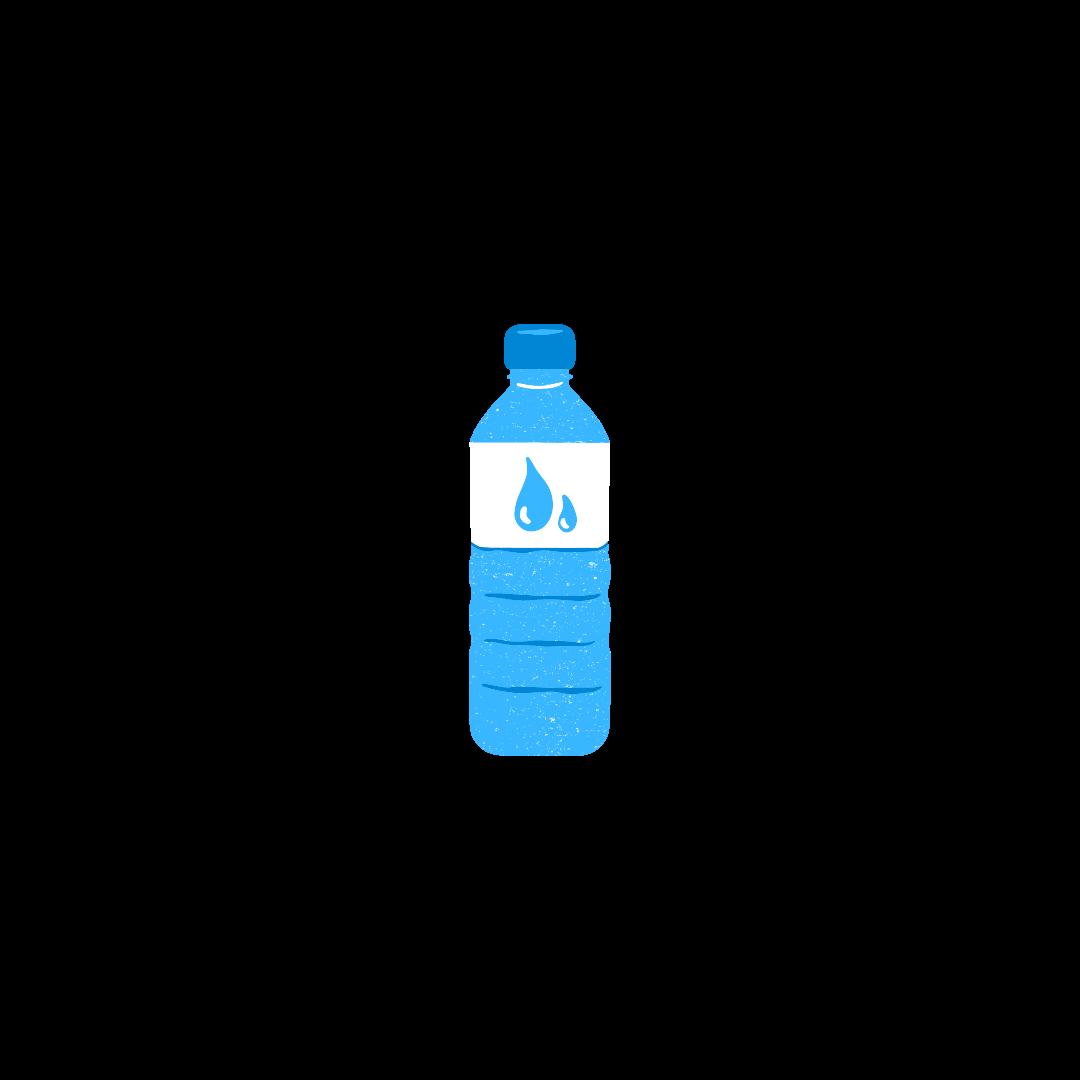
Once potassium enters the body, it functions as an electrolyte.
Helps to keep the body hydrated!
Electrolytes help balance the amount of water in the body.

FUN FACT:
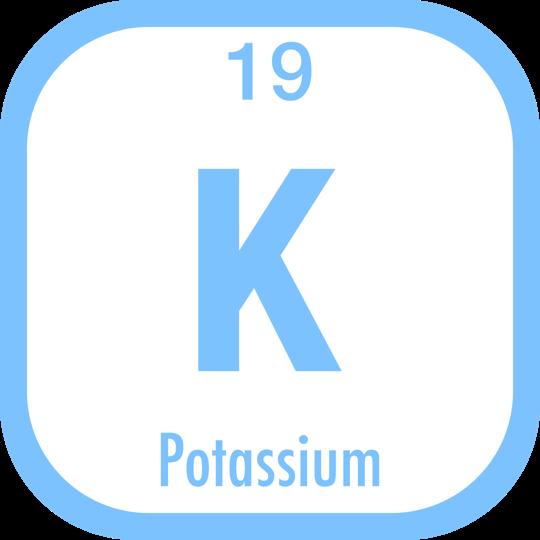
Potassium is the THIRD most abundant mineral in the body.
Potassium helps promote bone health.
The body is made up of approximately 60% water.
Potassium helps to regulate muscle contractions.

98% of the body’s potassium is found in its cells.
Many runners eat foods high in potassium before a run to prevent muscle cramps


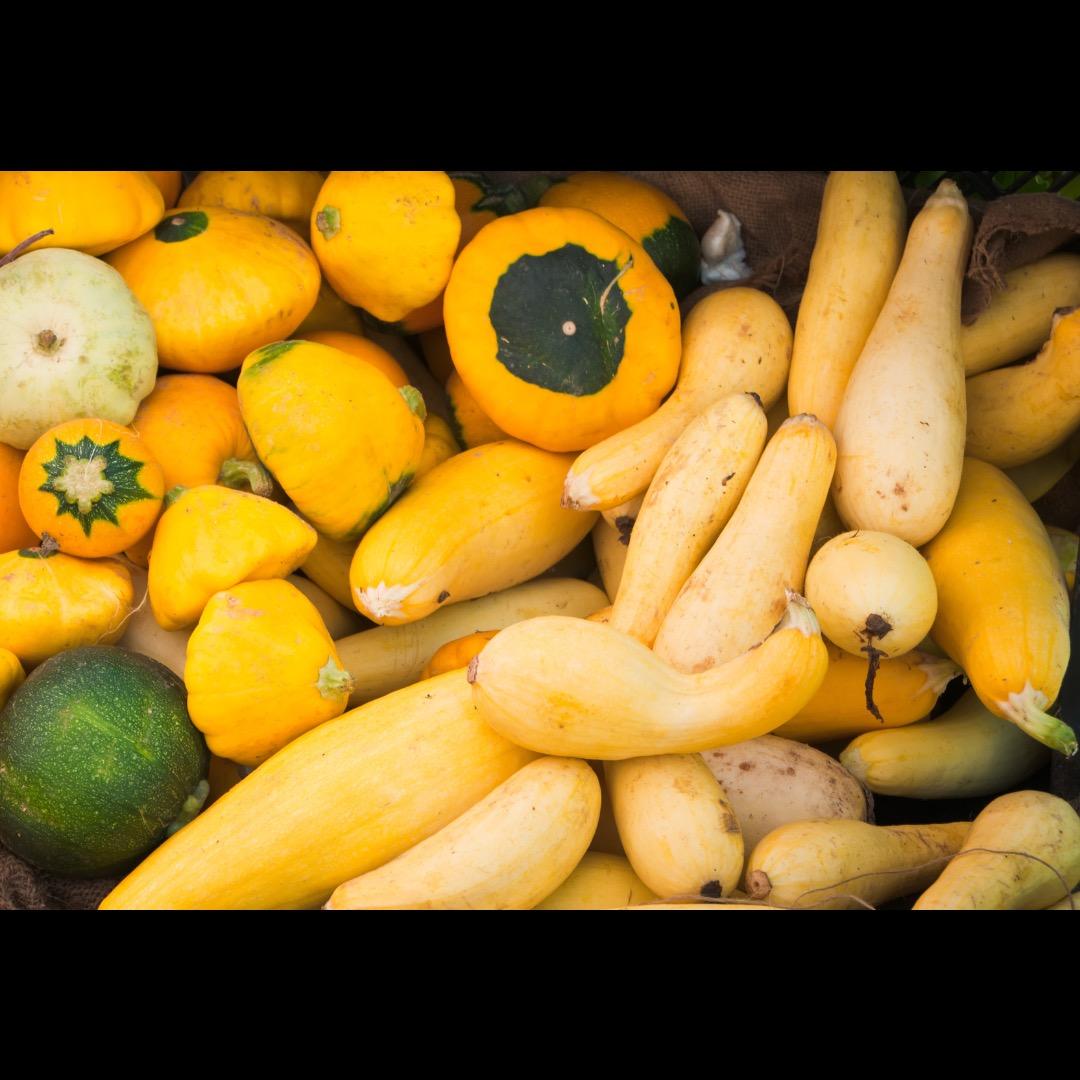


Squash are a type of fruit because they grown on vines & have seeds.
Types
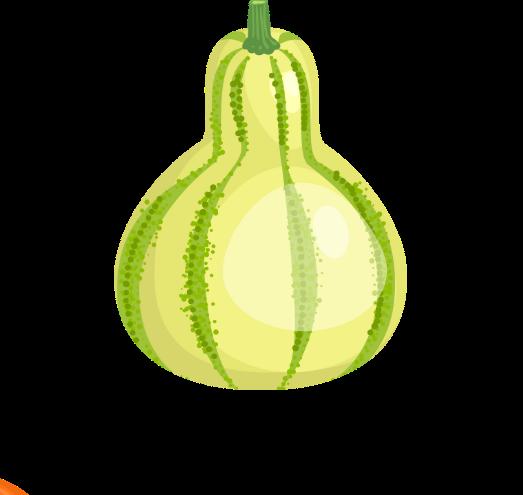
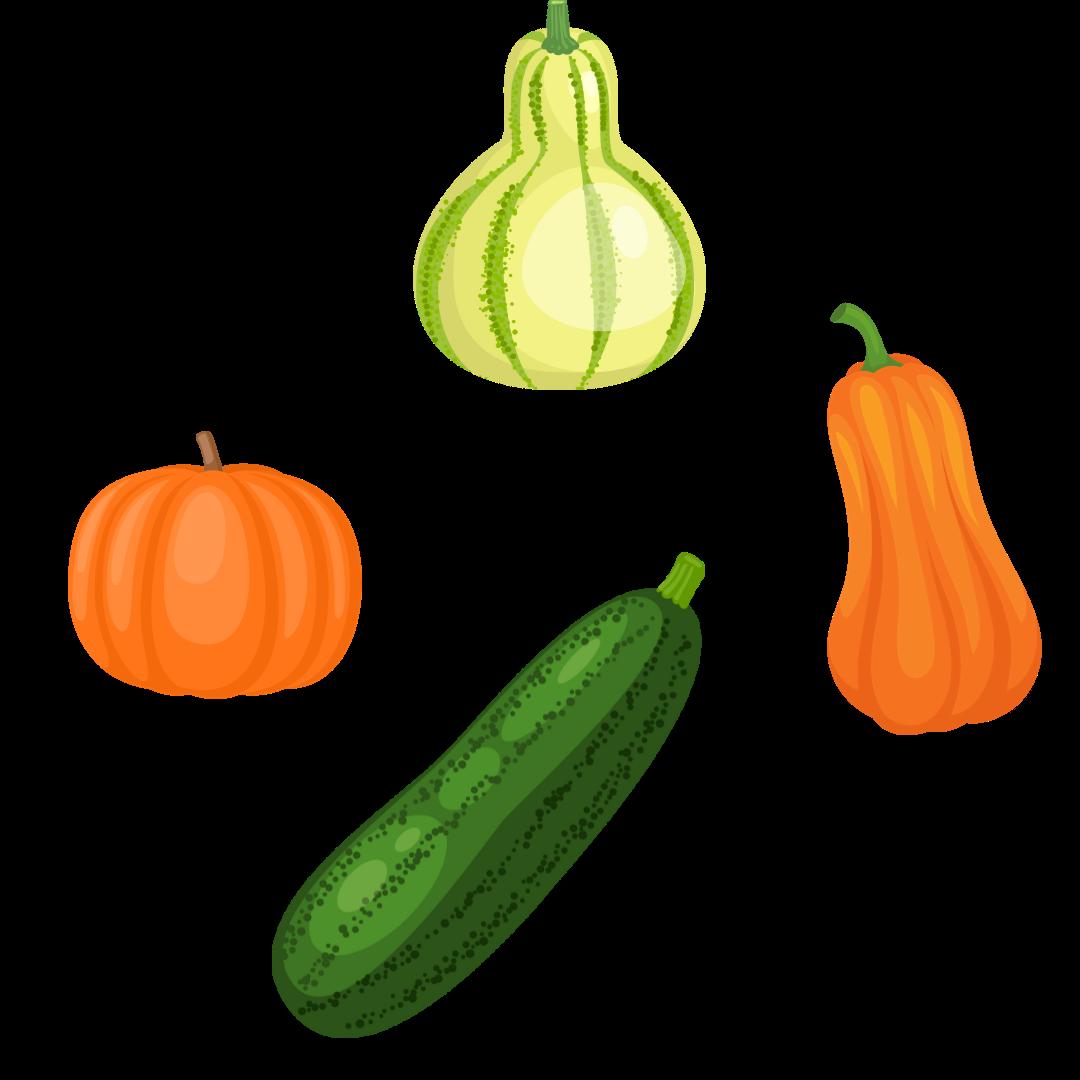

Winter squash has much harder skin than summer squash.

Examples of winter squash are pumpkins, acorn & butternut.
Squash are a fruit!
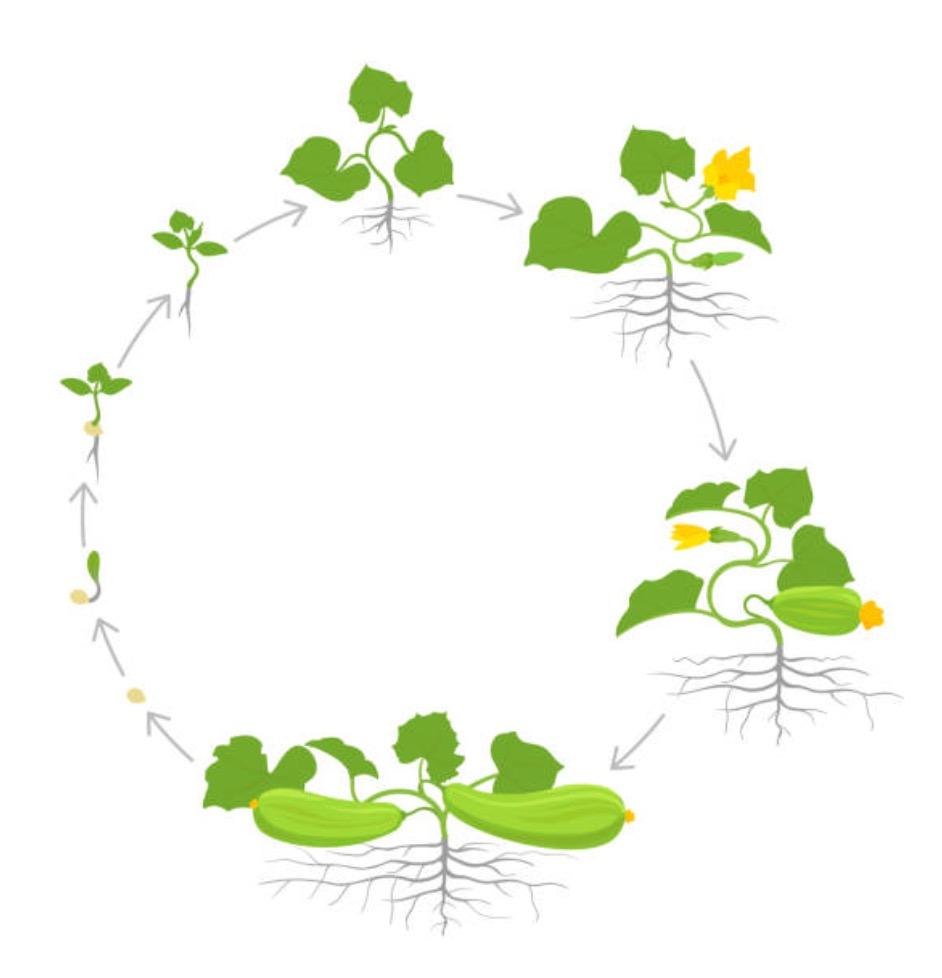


Examples of summer squash zucchini, scallop.


could grow around 11,000 squash!
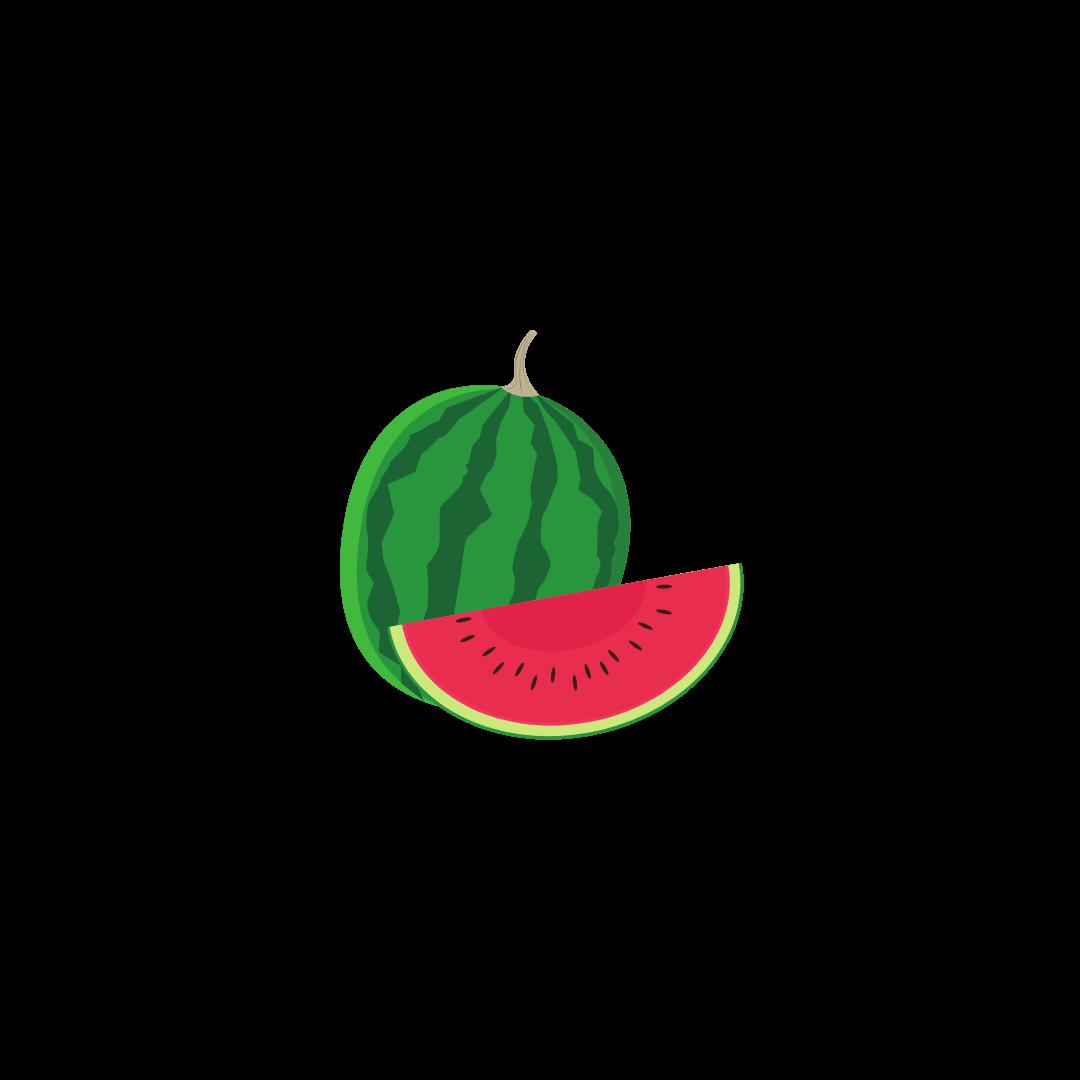
Summer squash than winter squash.
Squash are related to melons!
Winter squash takes 80 – 120 days to mature after being planted.

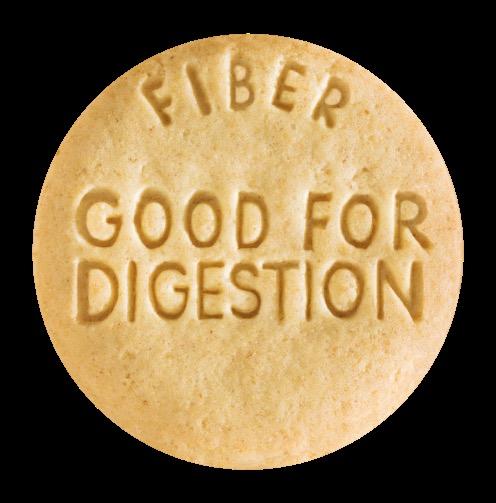




Fiber supports movement through the digestive system.
Fiber is a type of carbohydrate that the body doesn’t digest, it simply passes through.
Soluble fiber dissolves in water…it helps regulate blood sugar levels and removes cholesterol from
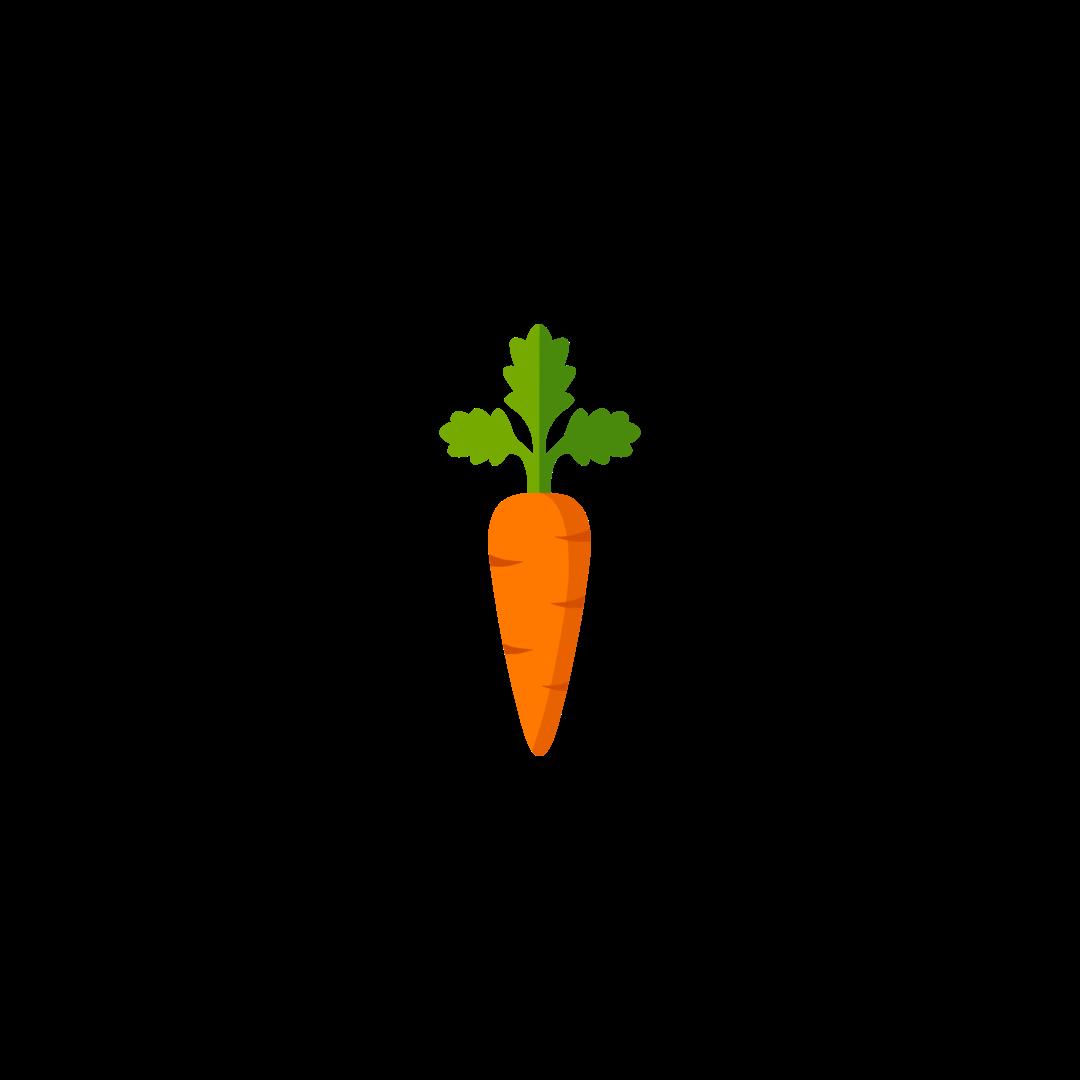
Insoluble fiber is sometimes referred to as “roughage. ”
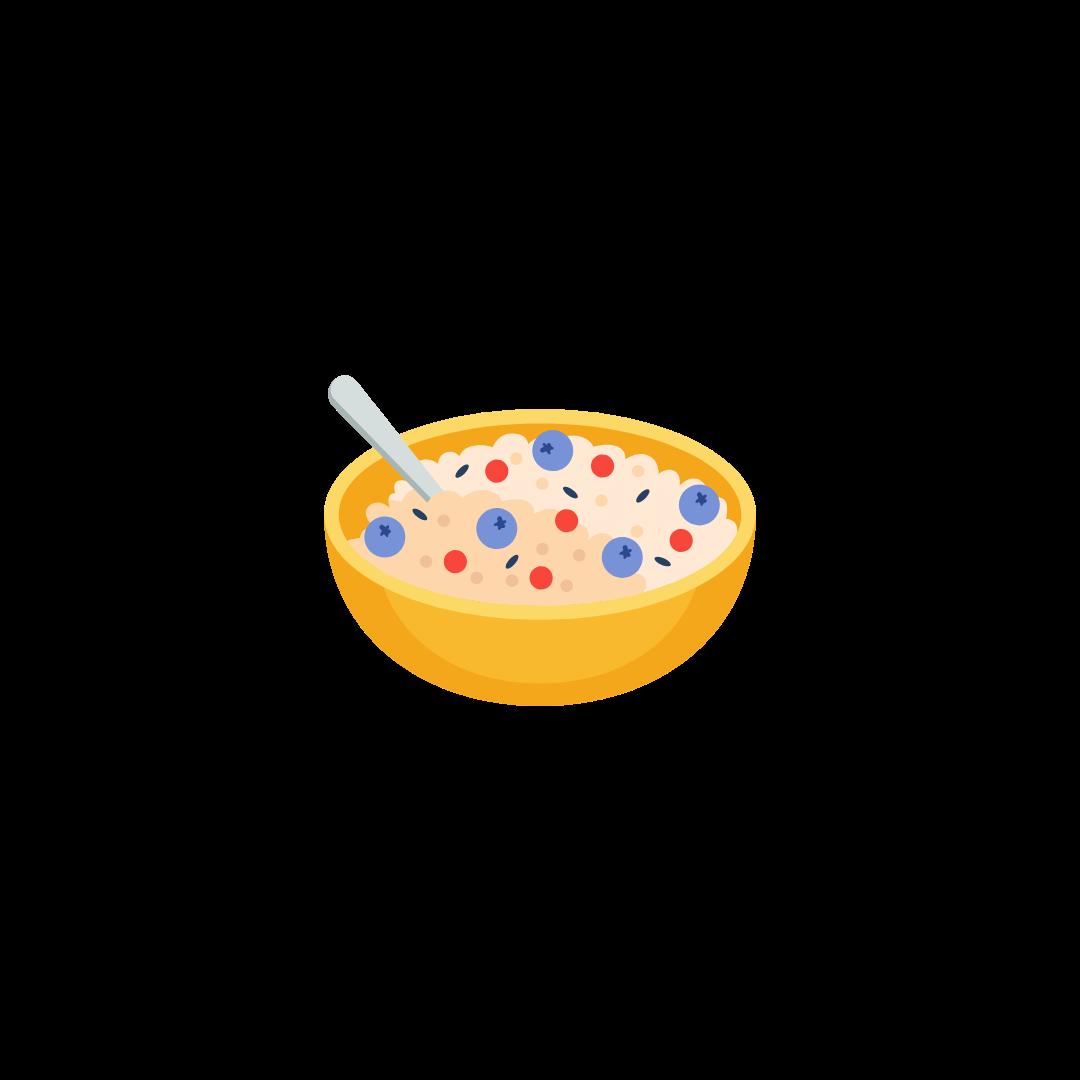

2 types of fiber:
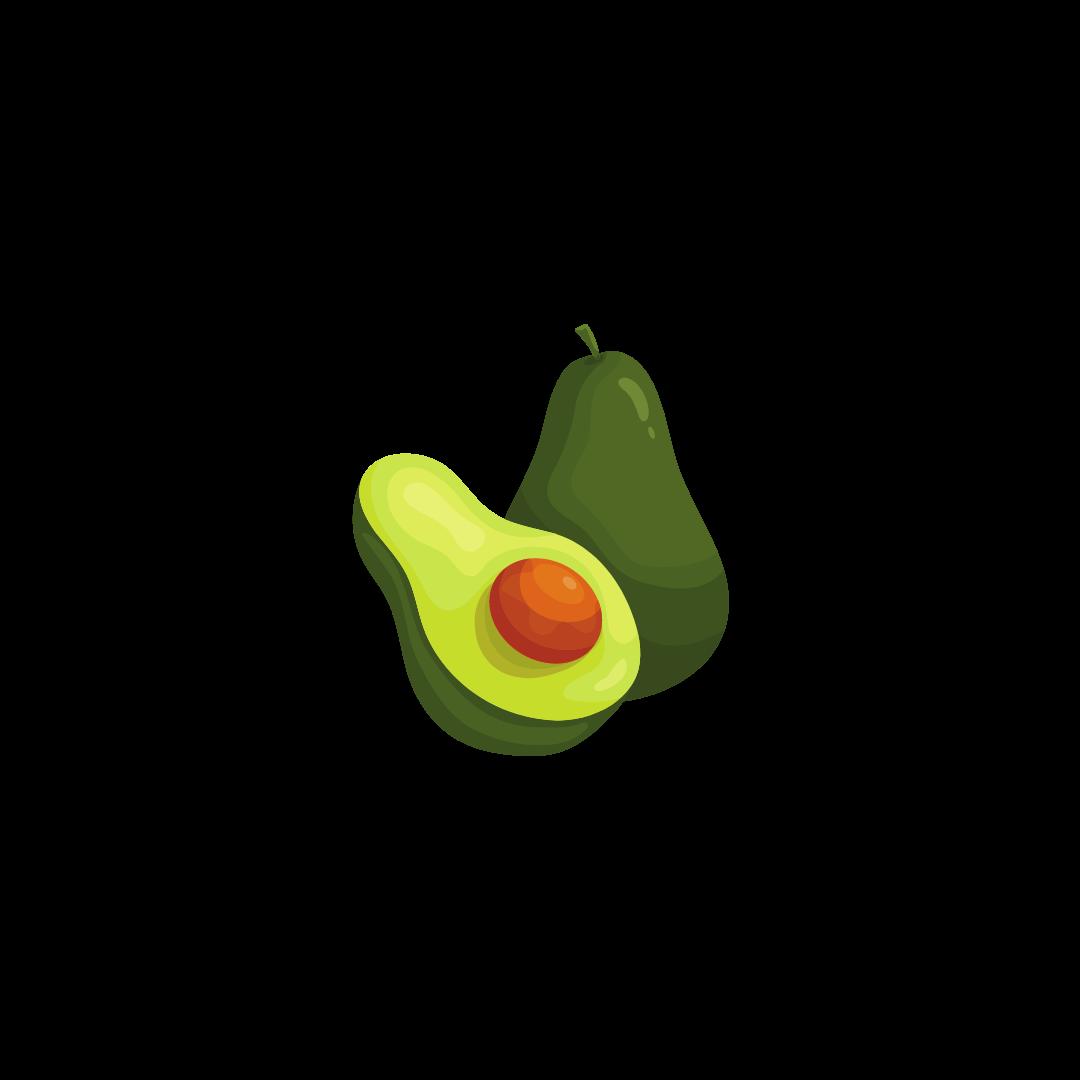
1. Soluble fiber
Insoluble fiber
Fiber is ONLY found in plant foods.
Dairy & meat products do not have any fiber.
Fiber helps to regulate the body’s use of sugar.
Insoluble fiber does not dissolve in water…it helps food move throughout the digestive system.
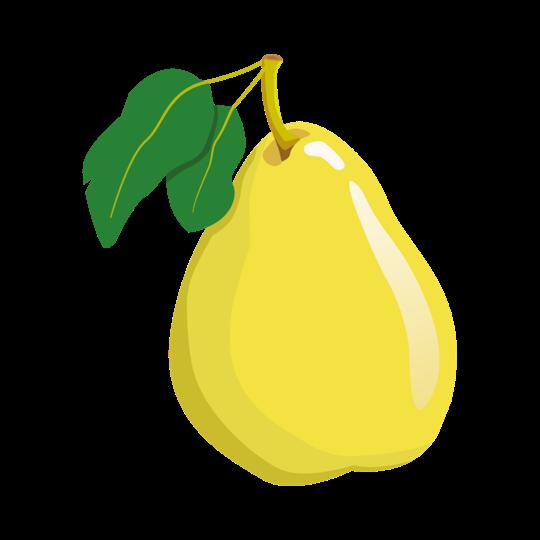
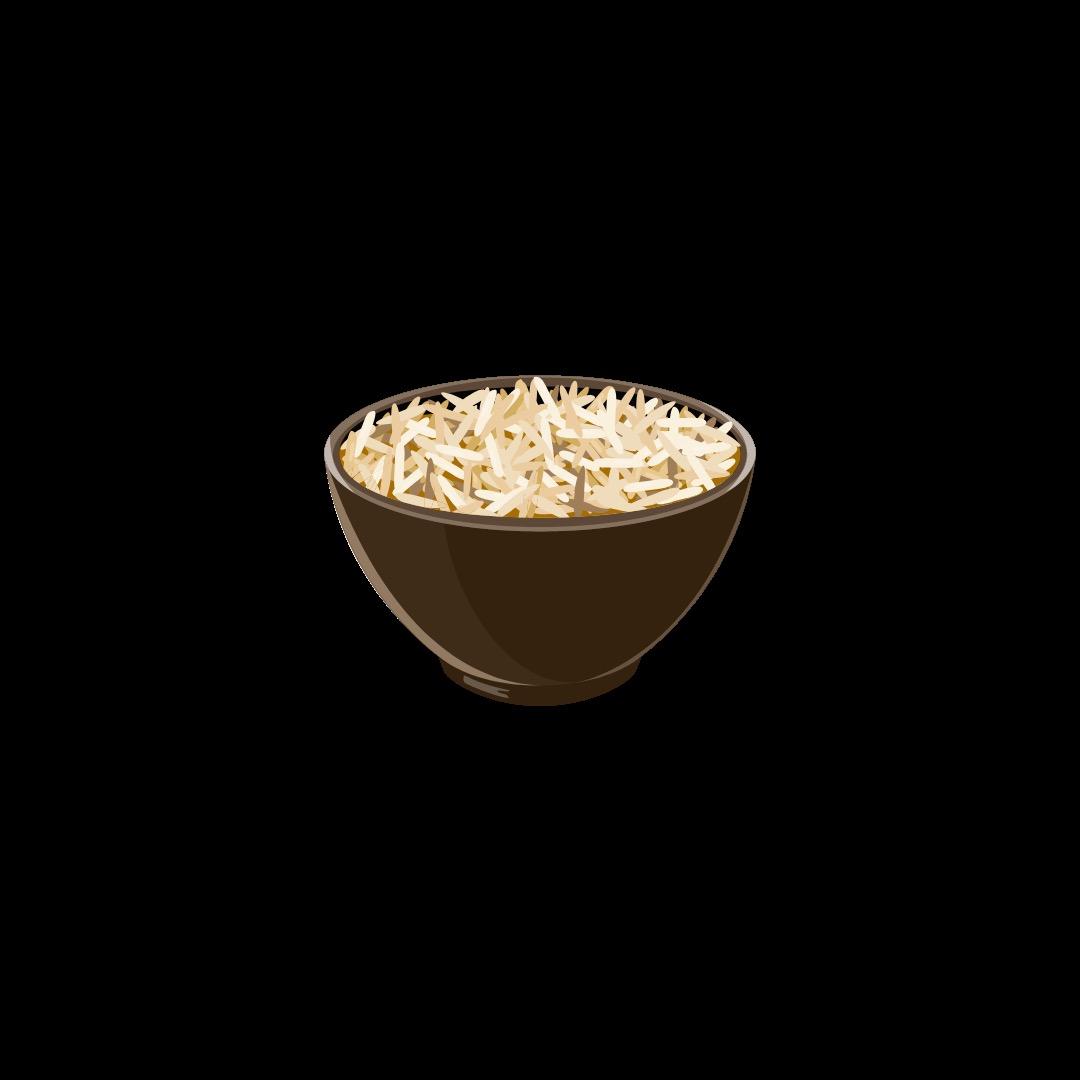
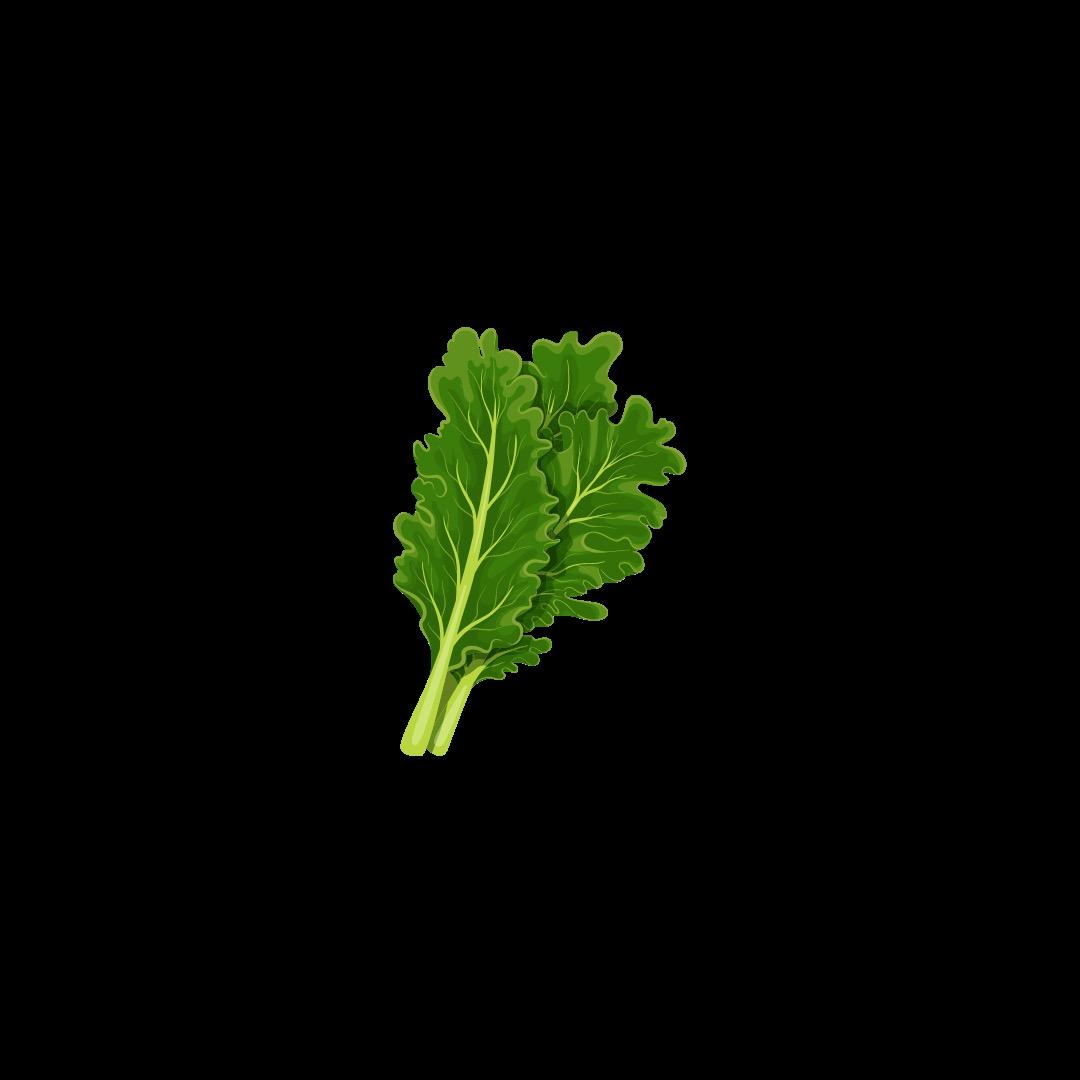
BOTH forms of fiber are important & beneficial to overall health.
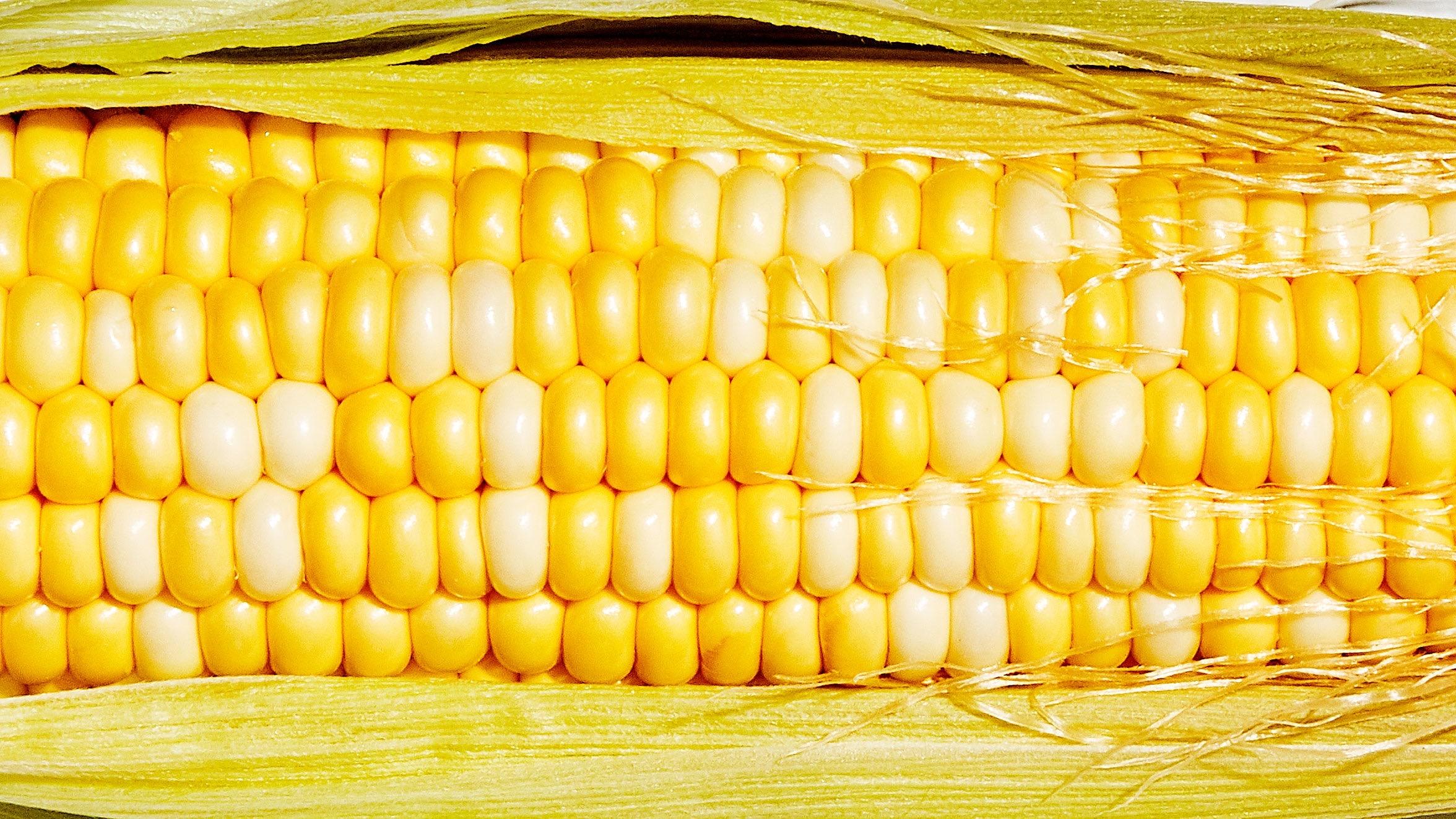


Corn is considered a grain, fruit & vegetable
The U.S. is the LARGEST producer, consumer & exporter of corn in the world.
Humans only eat sweet corn



An ear of corn ALWAYS of land can produce of sweet corn.

Corn is grown on EVERY continent except Antarctica.
There are around 800 kernels on each ear of corn. field crop.
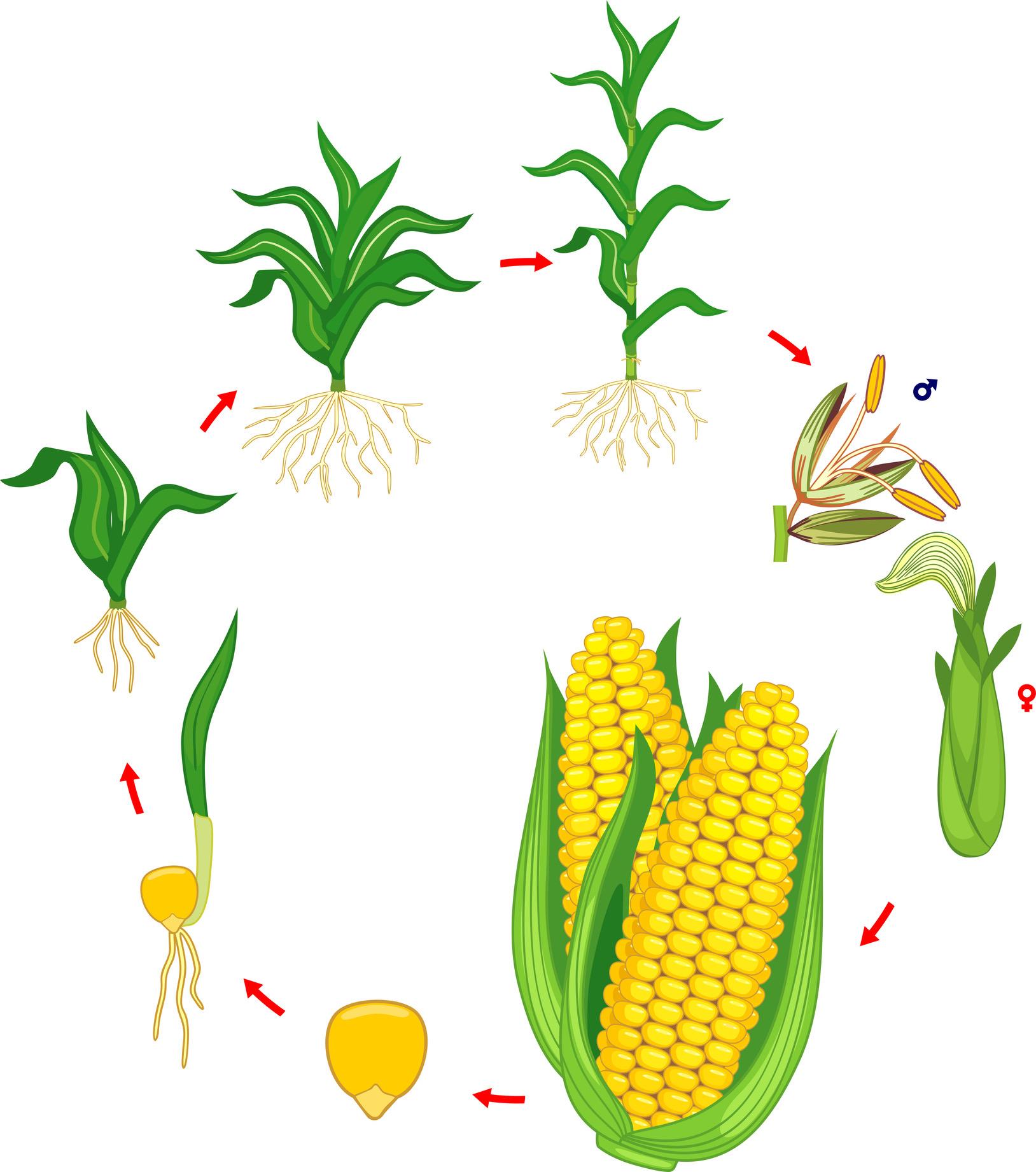
In many other countries, corn is called “maize
1 corn stalk produces 1 - 3 ears of corn
Corn stalks can grow between 7 – 10 feet tall.

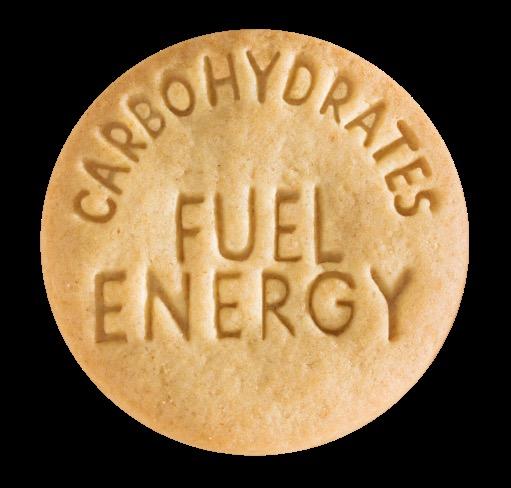




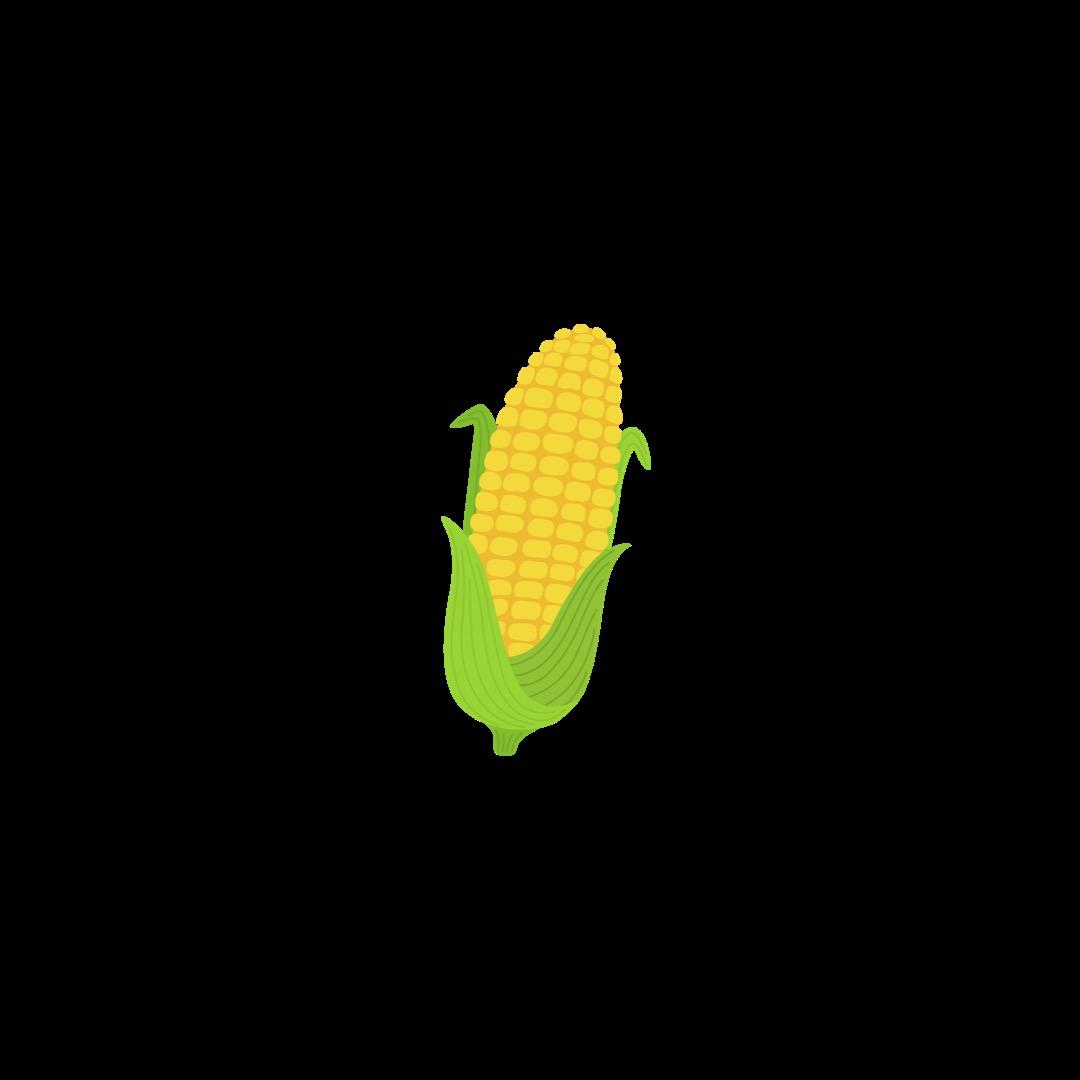
Carbohydrates are the body’s main source of energy.

The body cannot make carbohydrates on its own - it has to come from food, like sweet corn!
Carbohydrates support the nervous the system that helps all parts of the body communicate with each other.
Carbohydrates are also commonly referred to as “
Carbohydrates improve health supporting good moods, memory power and concentration.
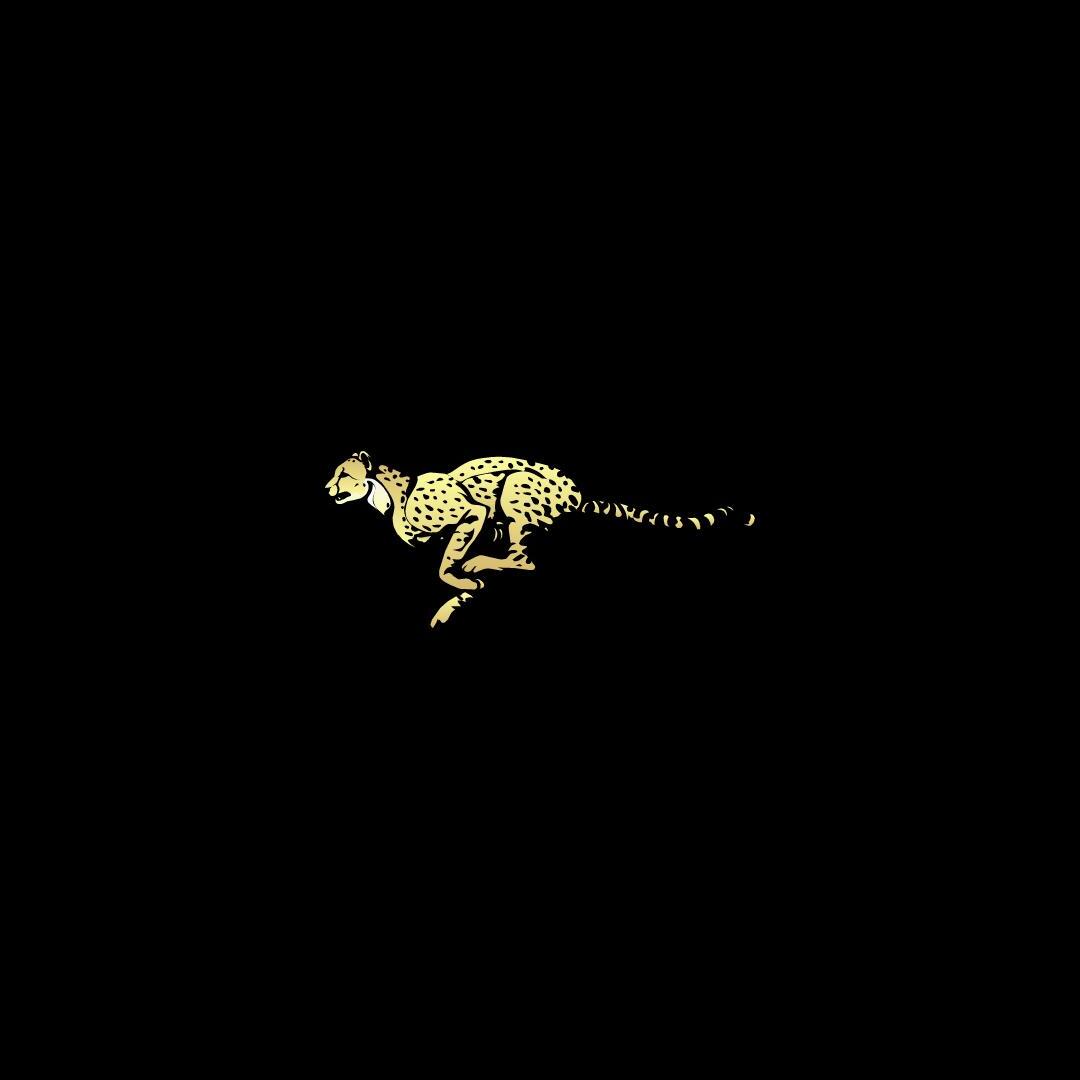
Carbohydrates are classified into
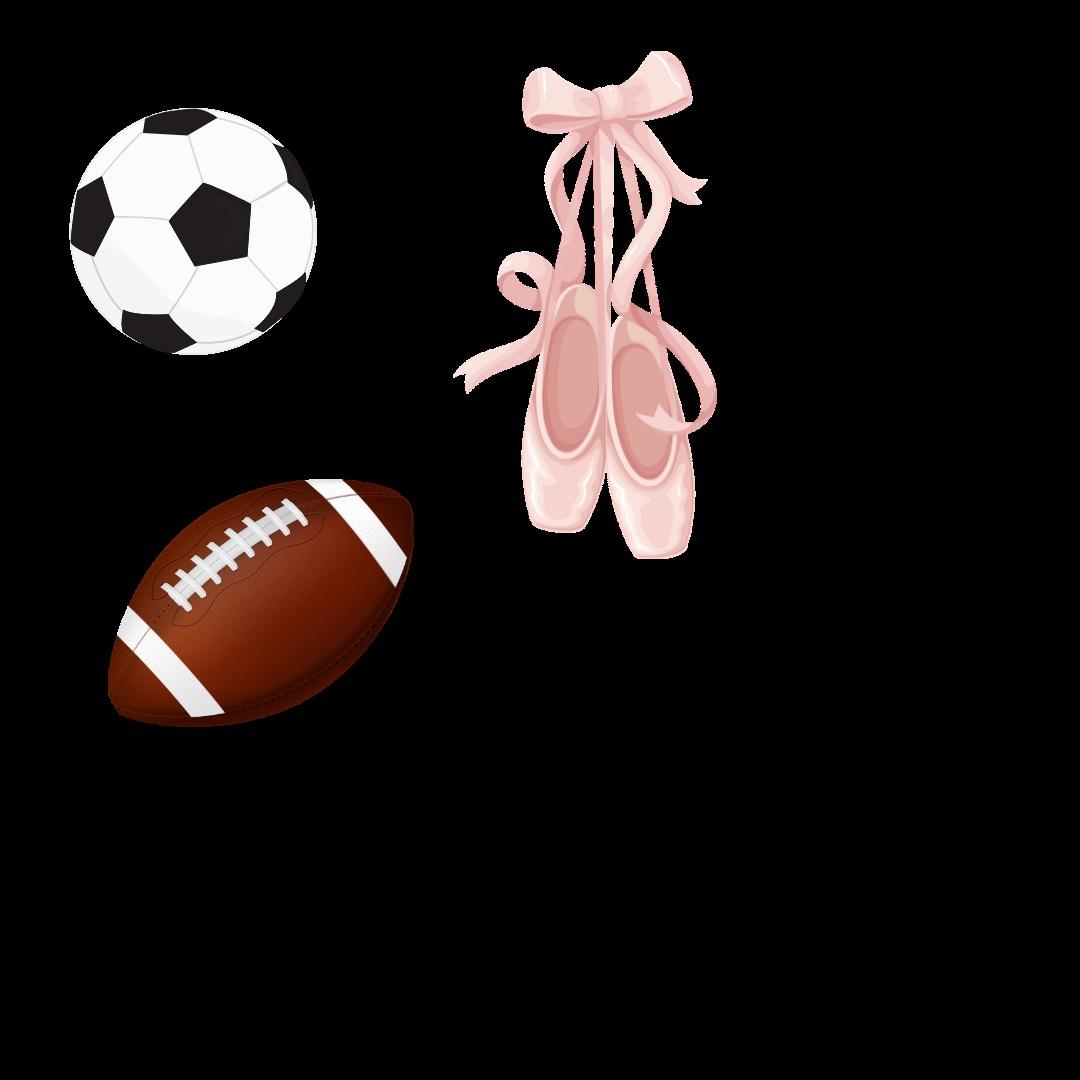





Most apples are harvested & sold fresh.
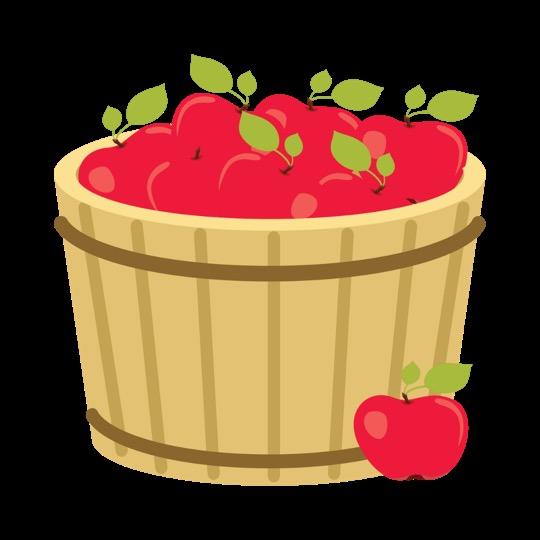
Apples are one of the most widely cultivated tree fruits. The U.S. is home to approximately 322,000 acres of apple orchards. of the Most Popular Varieties of Apples:
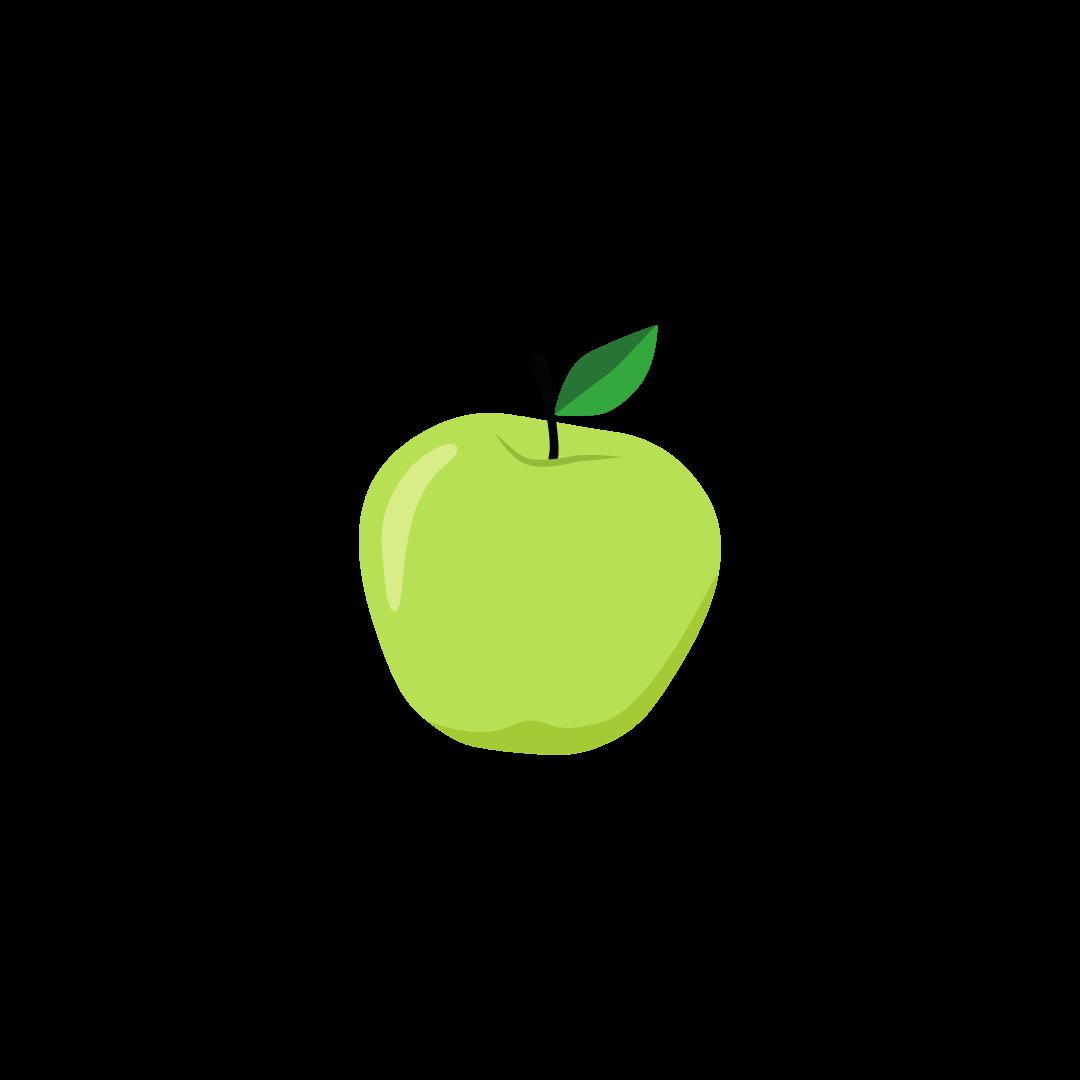
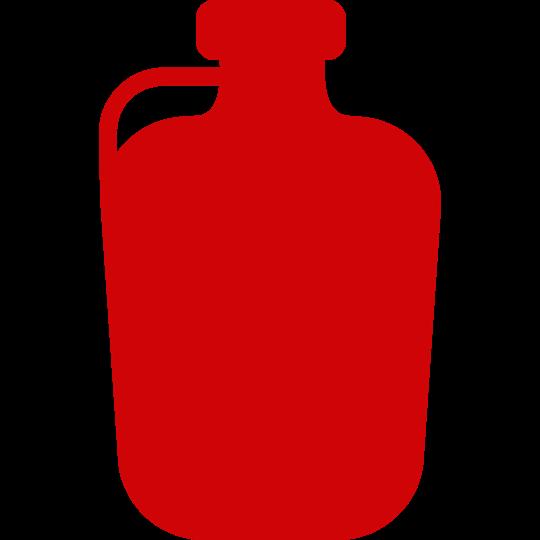
apples make 1 gallon of cider.

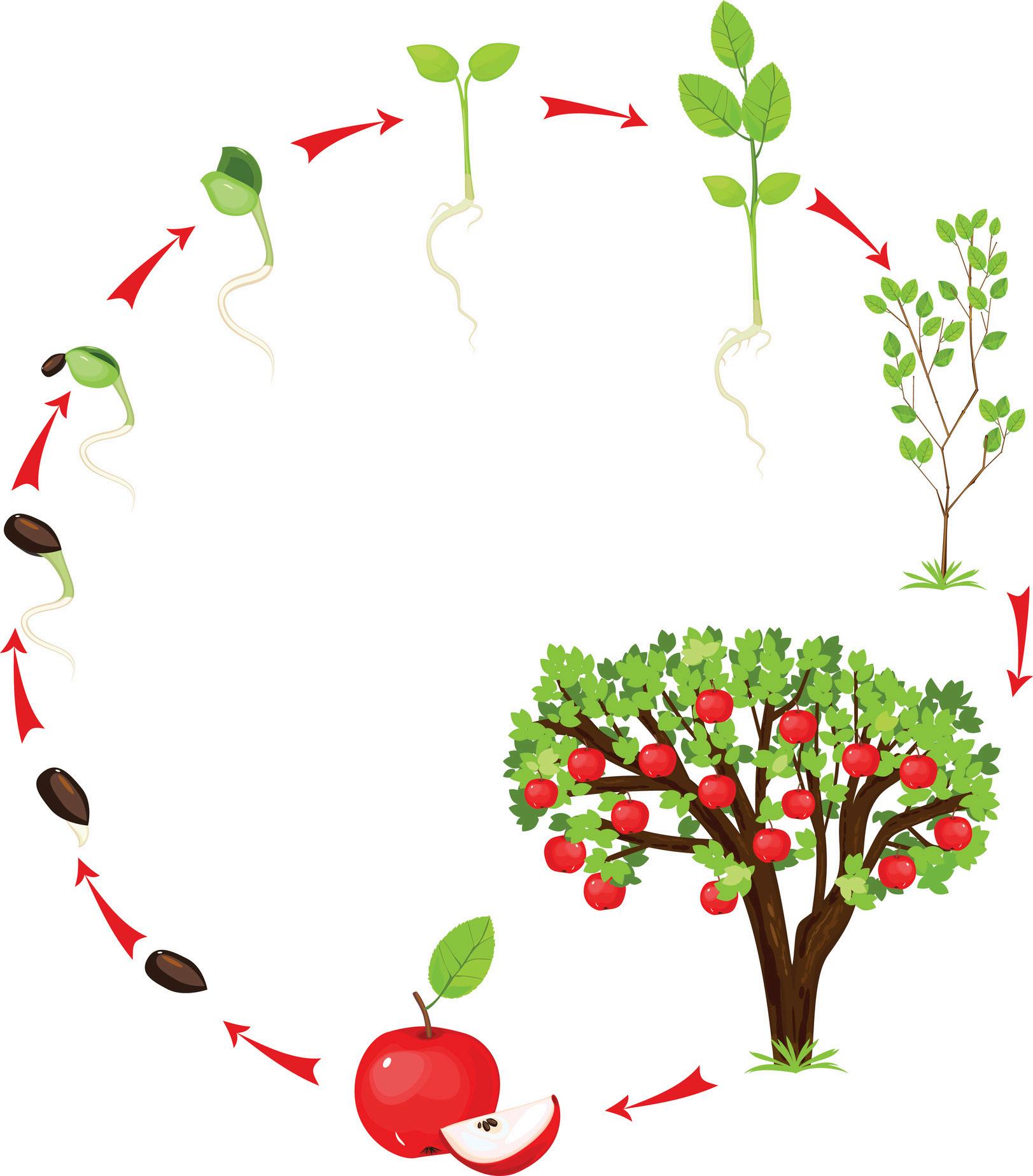

varieties of apples are grown in the U.S.
2,500+ 21% of apples are juiced.
An apple blossom is the flower that comes from an apple tree.
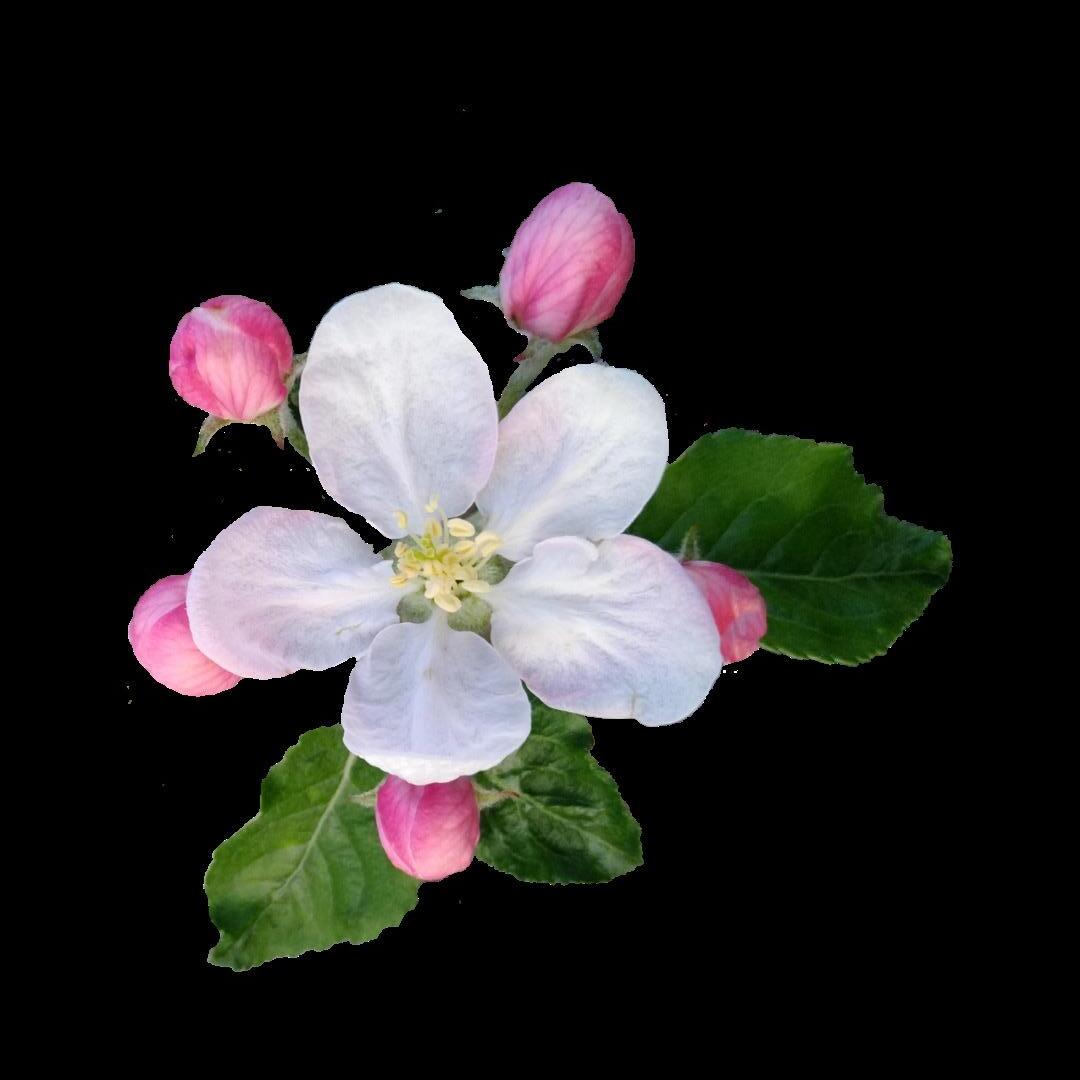
An apple tree takes at least 4 years to start producing fruit.


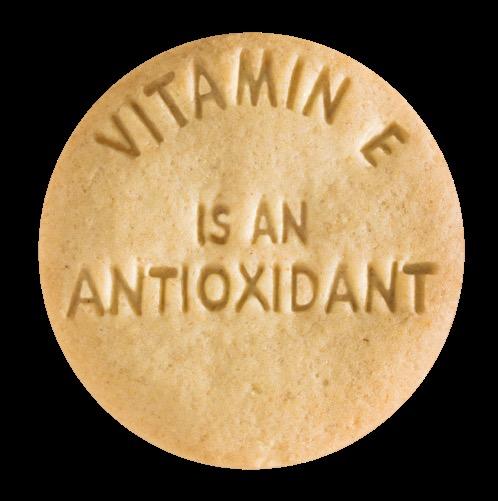



Vitamin E acts as an antioxidant & supports the immune system.
These harmful substances are called free radicals

Antioxidants help protect against damage caused by exposure to harmful in the environment.
Vitamin E was discovered in 1922.
Vitamin E is a fat-soluble vitamin.
Fat soluble vitamins are best absorbed into the body when eaten with foods with healthy fats.
Vitamin E supports proper blood function – circulation, clotting & production.
Vitamin E also helps to maintain healthy skin.

Vitamin E is a group of 8 essential vitamins.
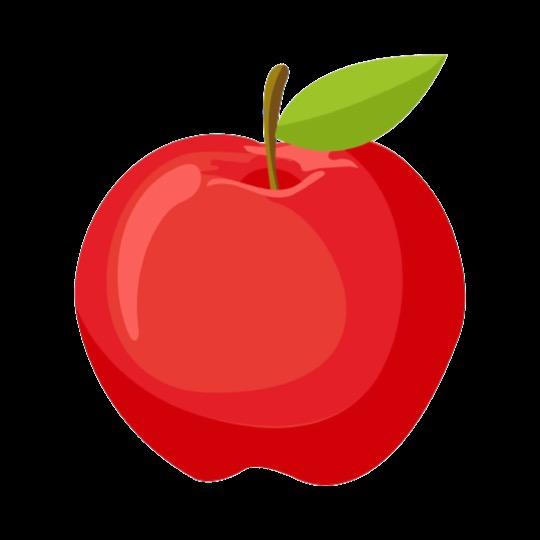
Examples of healthy fats include olive oil, avocados & eggs.
Vitamin E strengthens the immune system.
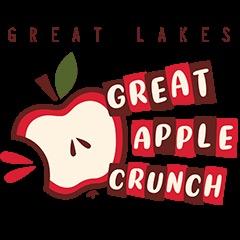
17
The Michigan Apple Crunch is a statewide event that promotes local food and farm to school programs by encouraging as many people as possible to “crunch” into a juicy Michigan Apple.
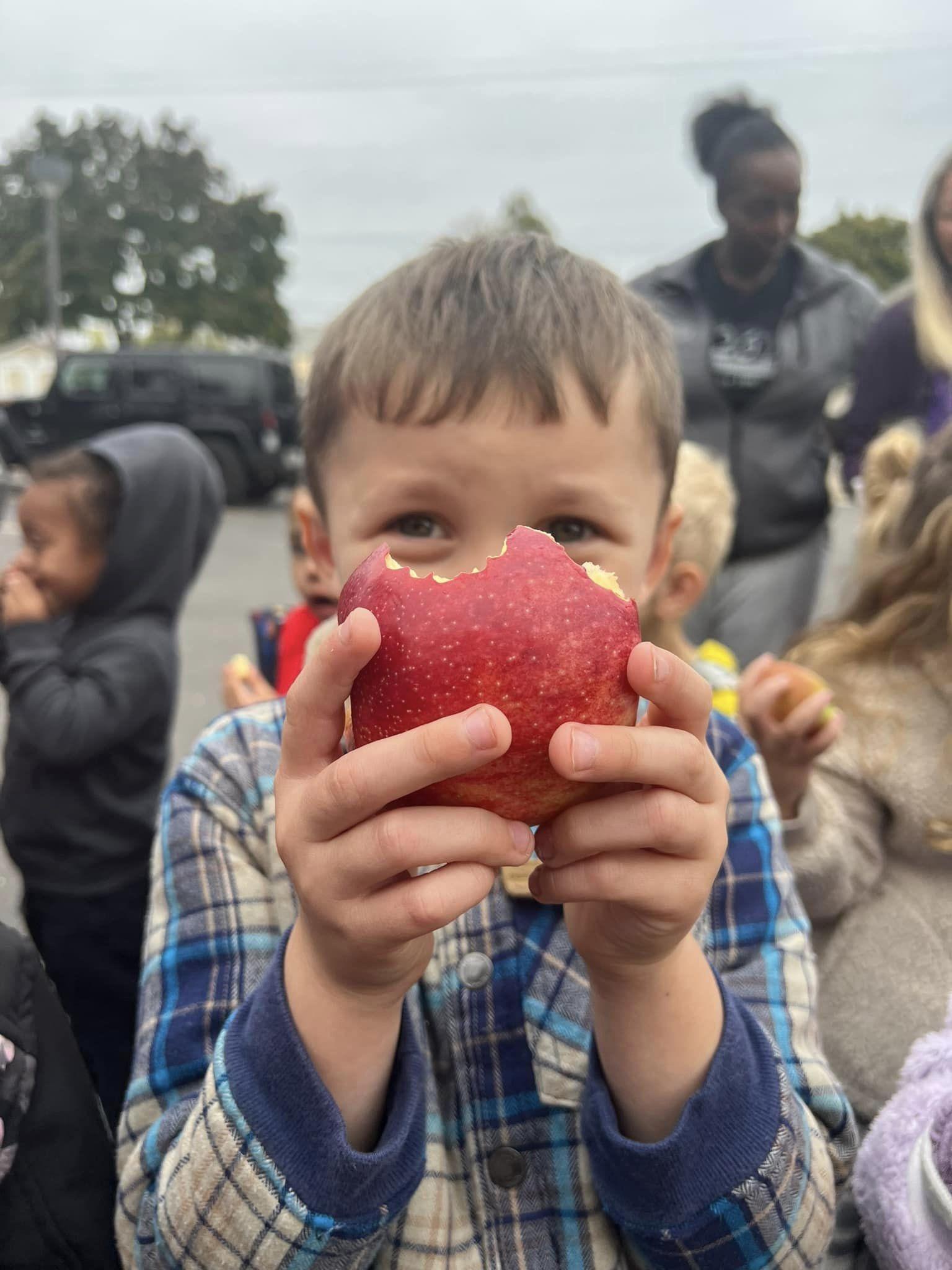




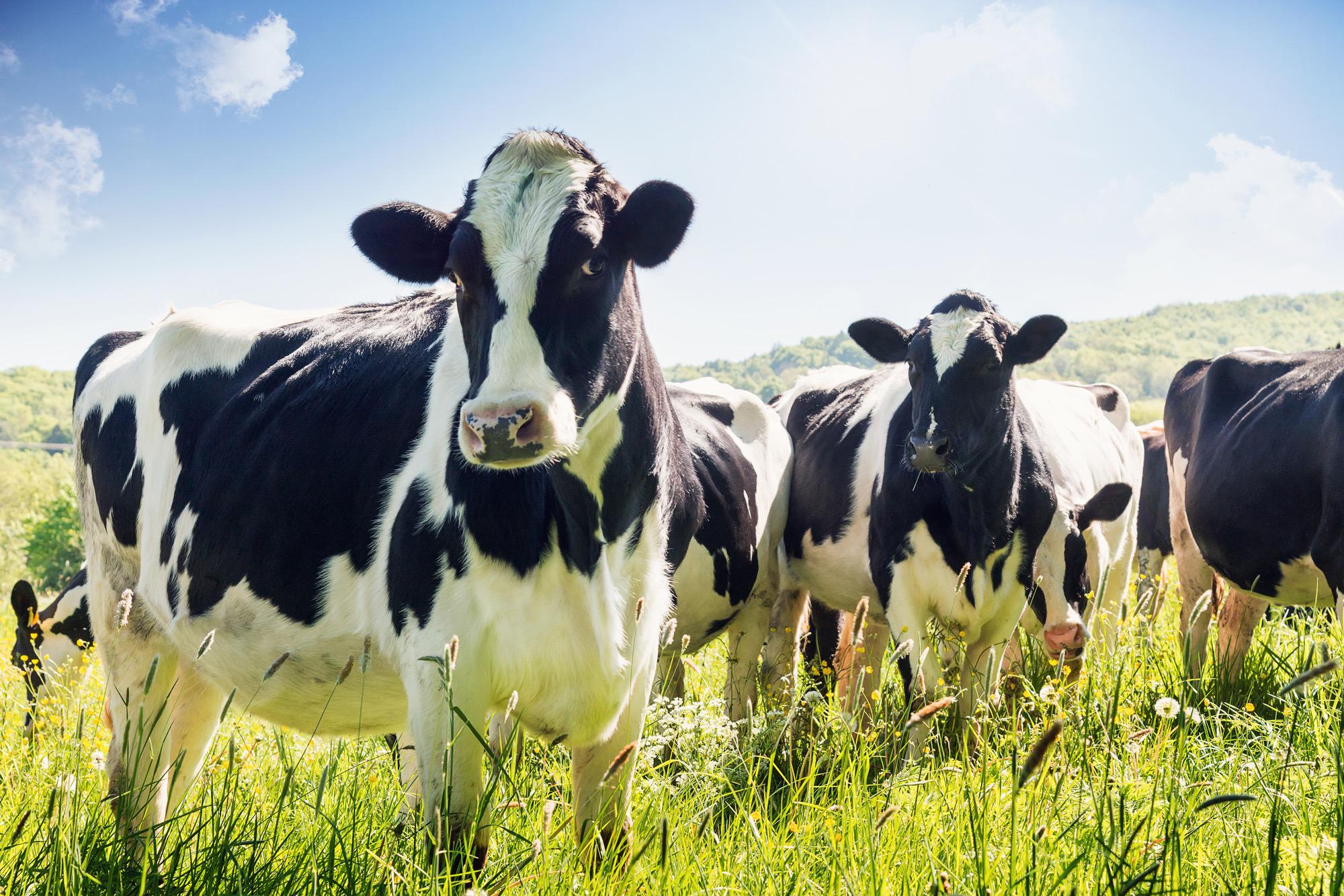


Milk is a type of dairy product –most commonly made from cows.
1. Ayrshire
2. Brown Swiss
3. Guernsey
4. Holstein
5. Jersey
1 cow produces around 6 gallons of milk/day.
1 serving milk contains 13 essential nutrients
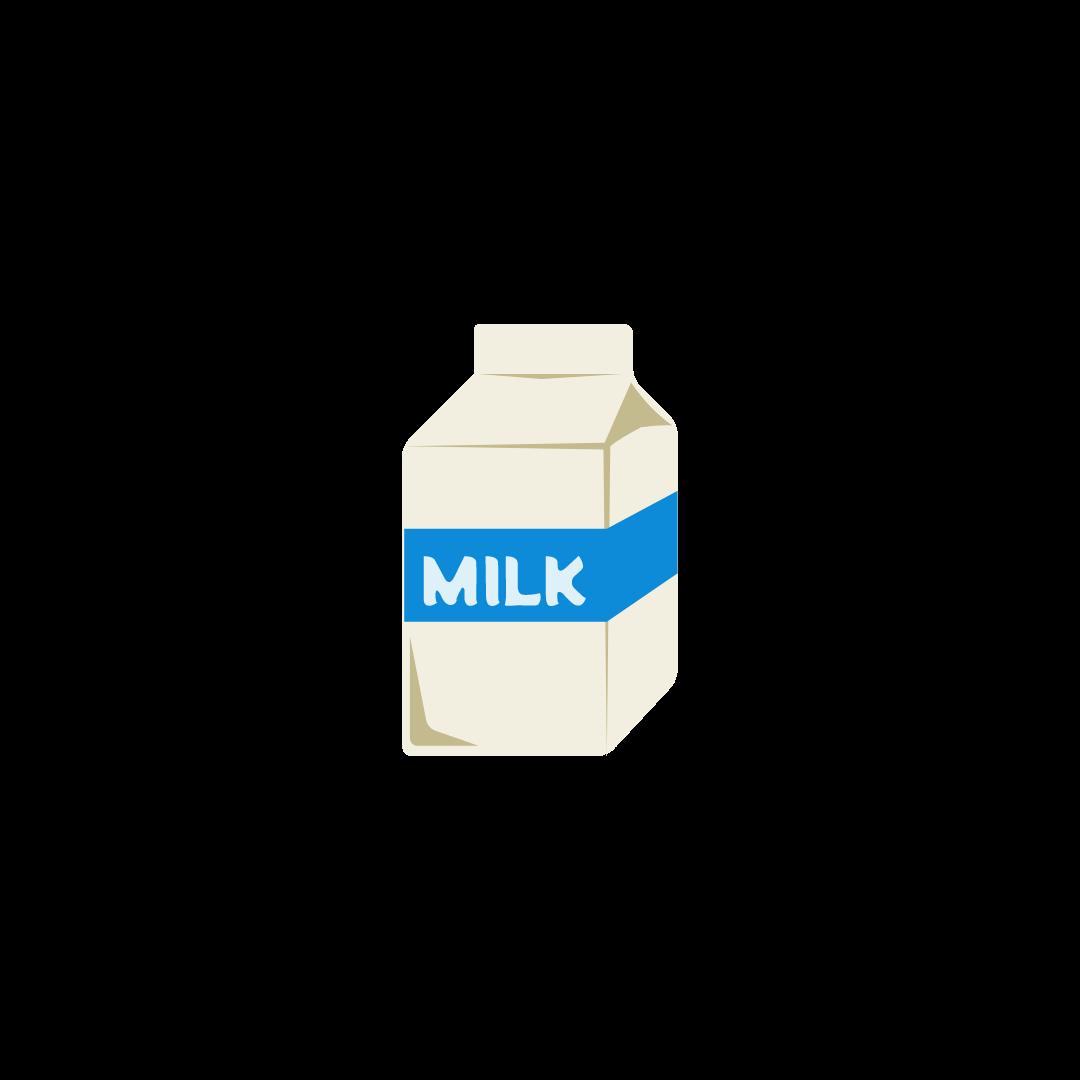
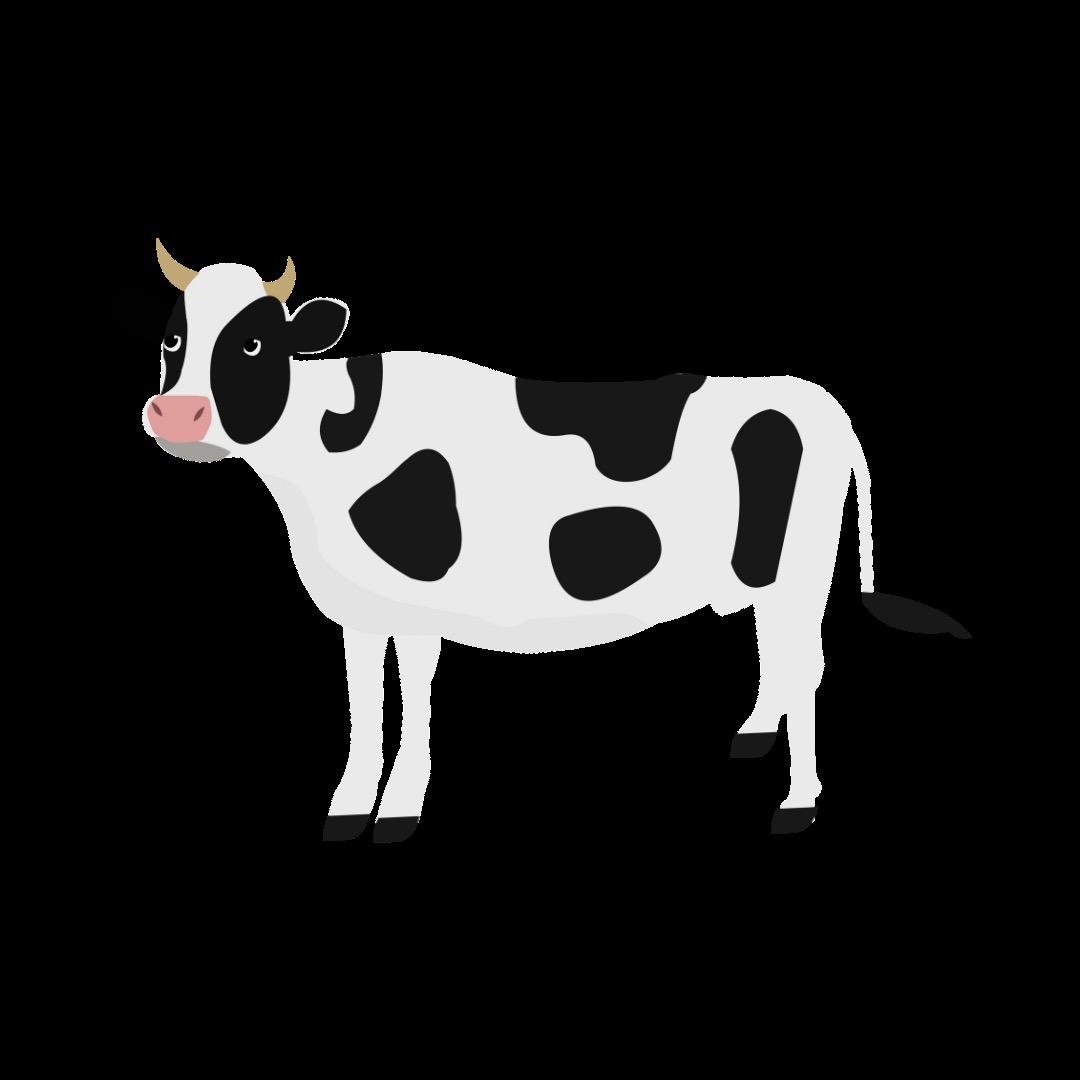
Milking Shorthorn
Holstein cows all have a unique pattern of spots!
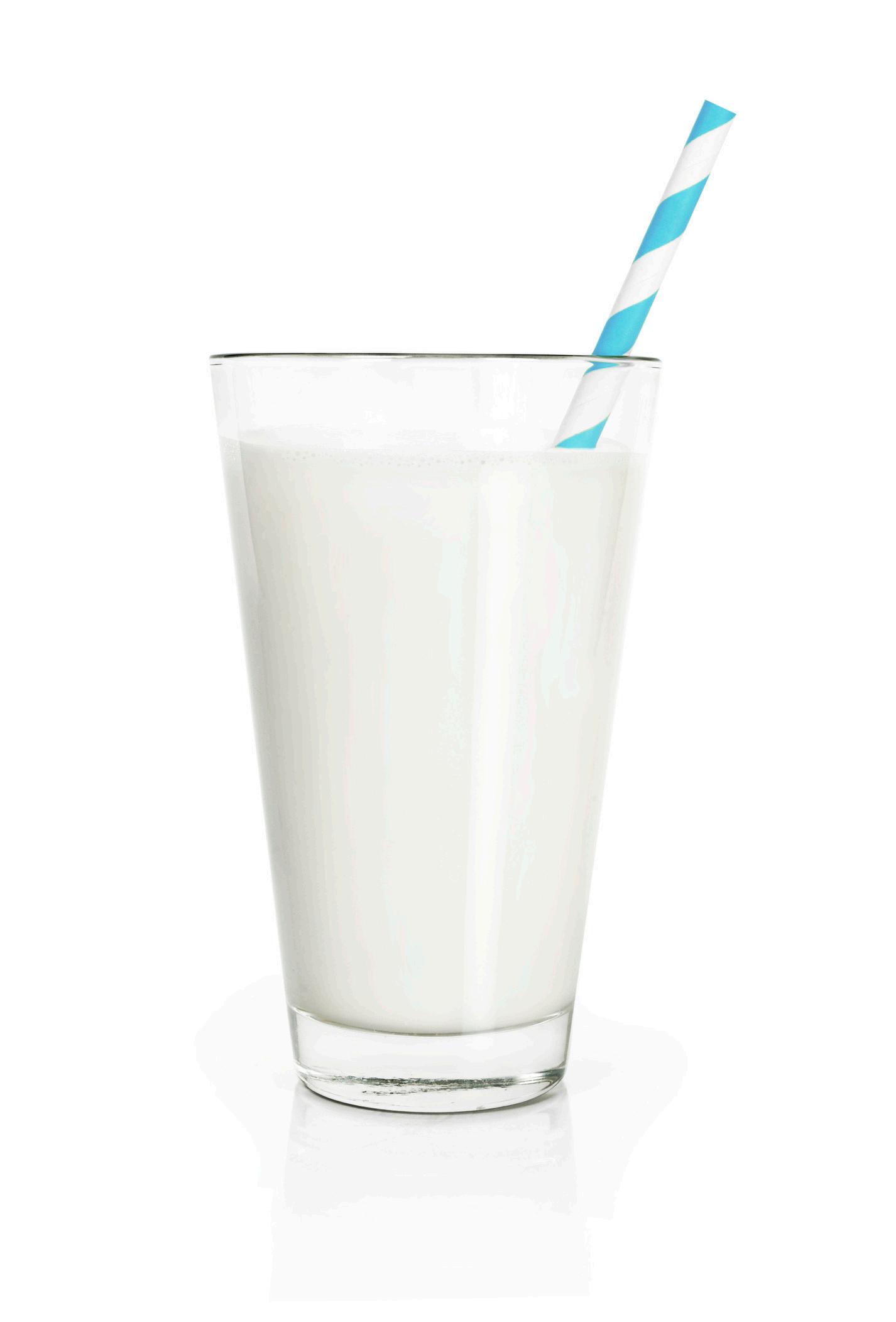

The U.S. produces ~227 BILLION pounds of milk each year.
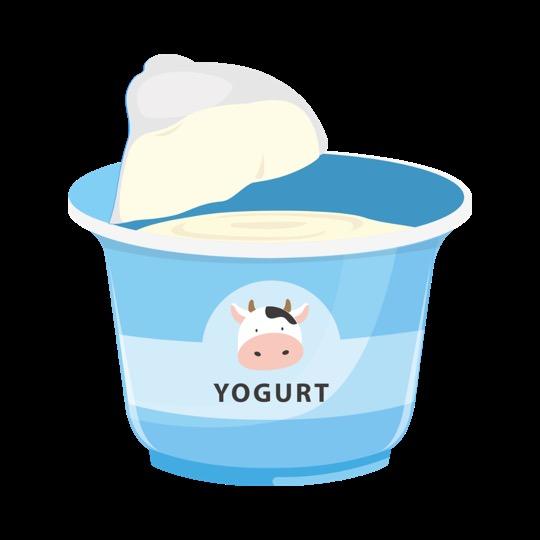
The reason milk is white is because it contains “casein” - a type of protein. Milk is the source of ALL dairy products!


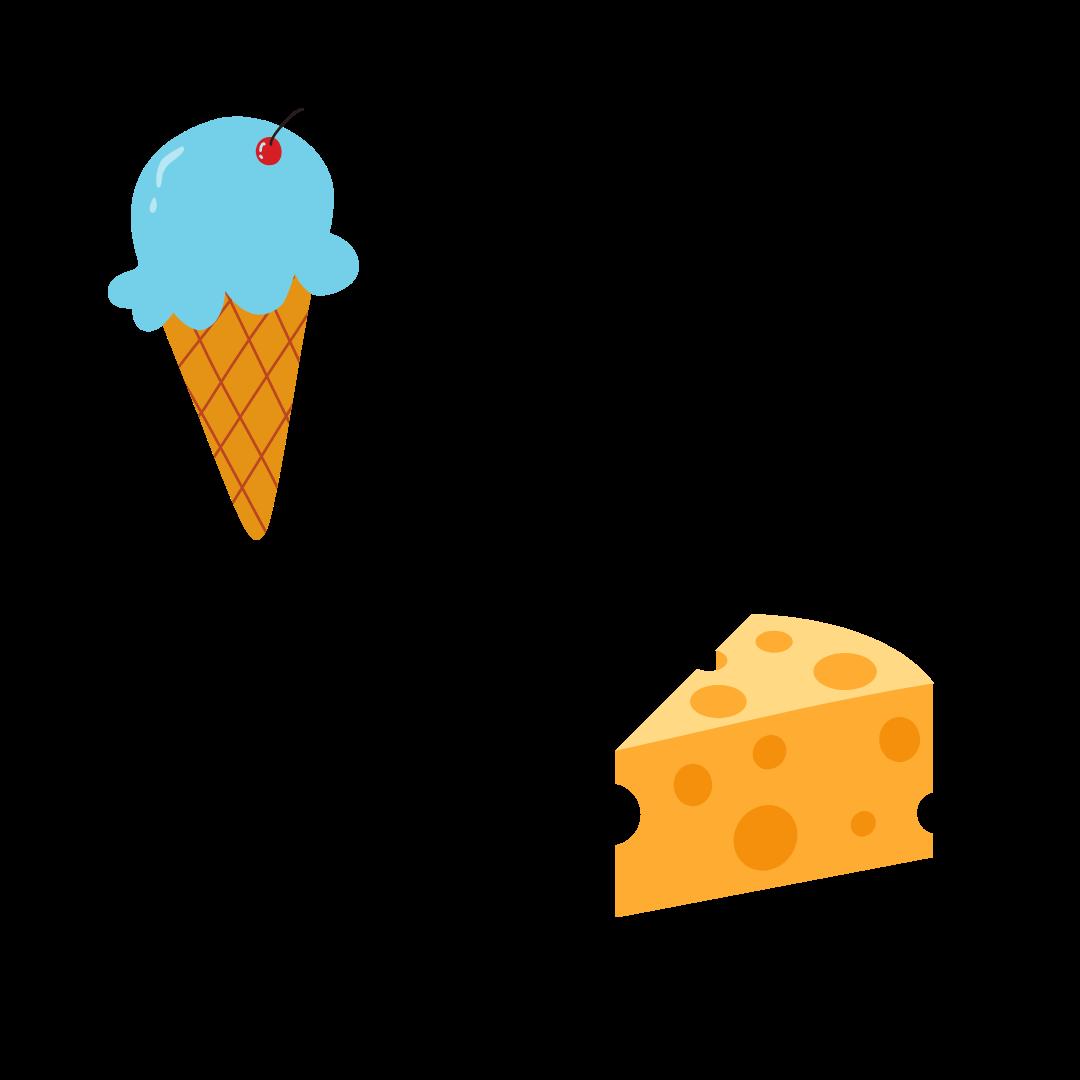
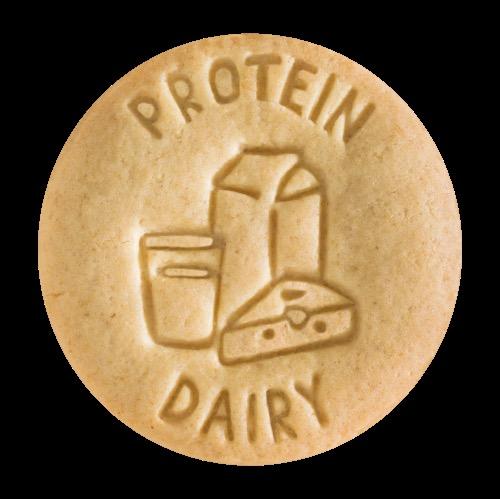




Protein builds, maintains and replaces the tissues in the body.
Protein helps to transport & store nutrients throughout the body.
18-20% of the body is protein.
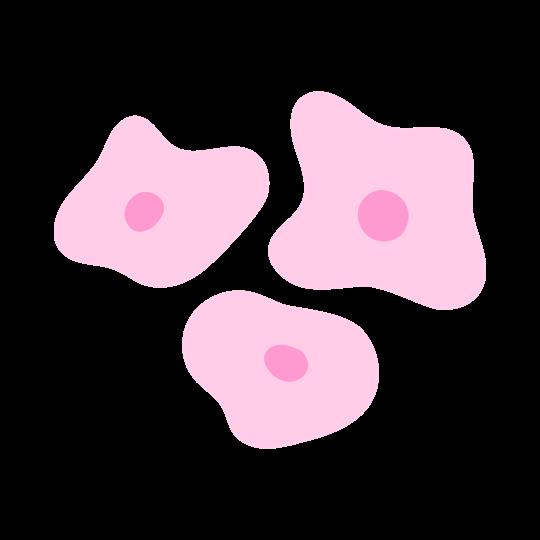
EVERY cell in the human body contains protein.

The body cannot store protein long term… which is why protein needs to be consumed daily.

Protein plays a big role in building and repairing muscles.


Protein is a MACRONURIENT . A macronutrient is a nutrient that the body needs in LARGE
Protein helps maintain fluid balance throughout the body.
